For the past few years, introduction of competition has been one of the main points of reform in the electricity sector in India. One of the key measures to bring about the competition is open access where mainly large consumers have entry to the transmission and distribution network to obtain electricity from the suppliers other than the local electricity distribution company. It was expected that allowing the customers the choice of supplier will lead to a powerful and competitive market, which in turn will encourage greater investment in the sector. But the success of open access power has been very limited in spite of the numerous attempts to enable and assist it.
Following are the main challenges discussed briefly:
- Some places have restricted the open access transactions on the export of power supply when there is a shortage and import of power supply in cases where there is a surplus.
- Open Access Power has become uneconomical as some of the open access charges such as the cross-subsidy surcharge have been too high.
- Several consumers are using open access to switch frequently between the market and the discom regulated tariffs. The behaviour creates greater volatility in the load to be served by the discom making the power procurement planning difficult and leading to stranded generation capacity. Such a behaviour by the large number of consumers is likely to harden the resistance to open access power by the discoms.
- Execution of open access has been a challenge due to the surplus capacity in some states which has led to an opportunistic use by the large consumers. This identifies the need to rethink how the consumers choice of electricity suppliers is conceptualised.
In order to deal with these problems, however mainly the problem of frequent switching, researchers have suggested redefining consumer choice. It also identifies the discrepancy in the perspectives of the Centre and the states about the power sector and recommends the one that recognises it. The centre places its focus on creating a vibrant power market whereas the states addresses more immediate concerns which are mostly about affordable tariffs and issues that have electoral and political repercussions.





 A Comprehensive Guide to Open Access...
A Comprehensive Guide to Open Access... 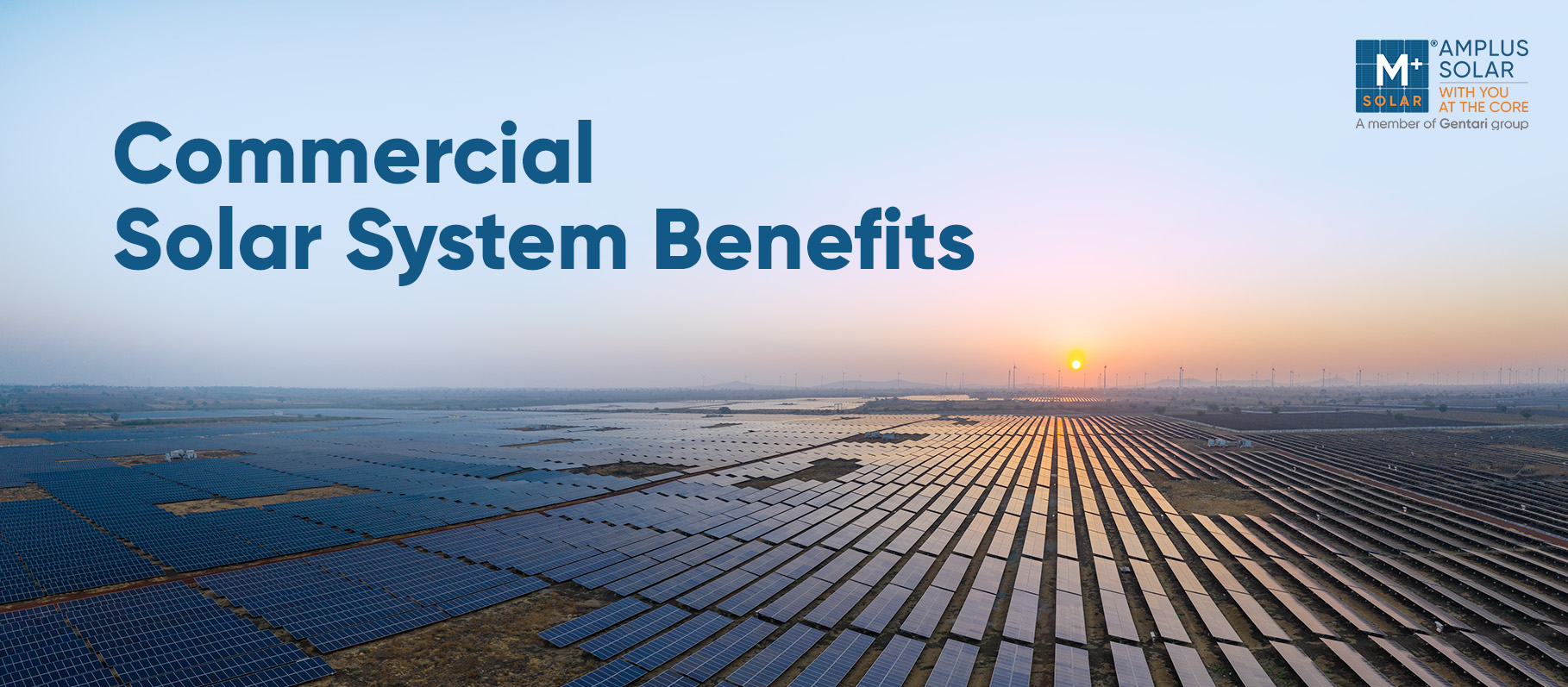 Commercial Solar System Benefits
Commercial Solar System Benefits  Home Solar Panel System Price and...
Home Solar Panel System Price and... 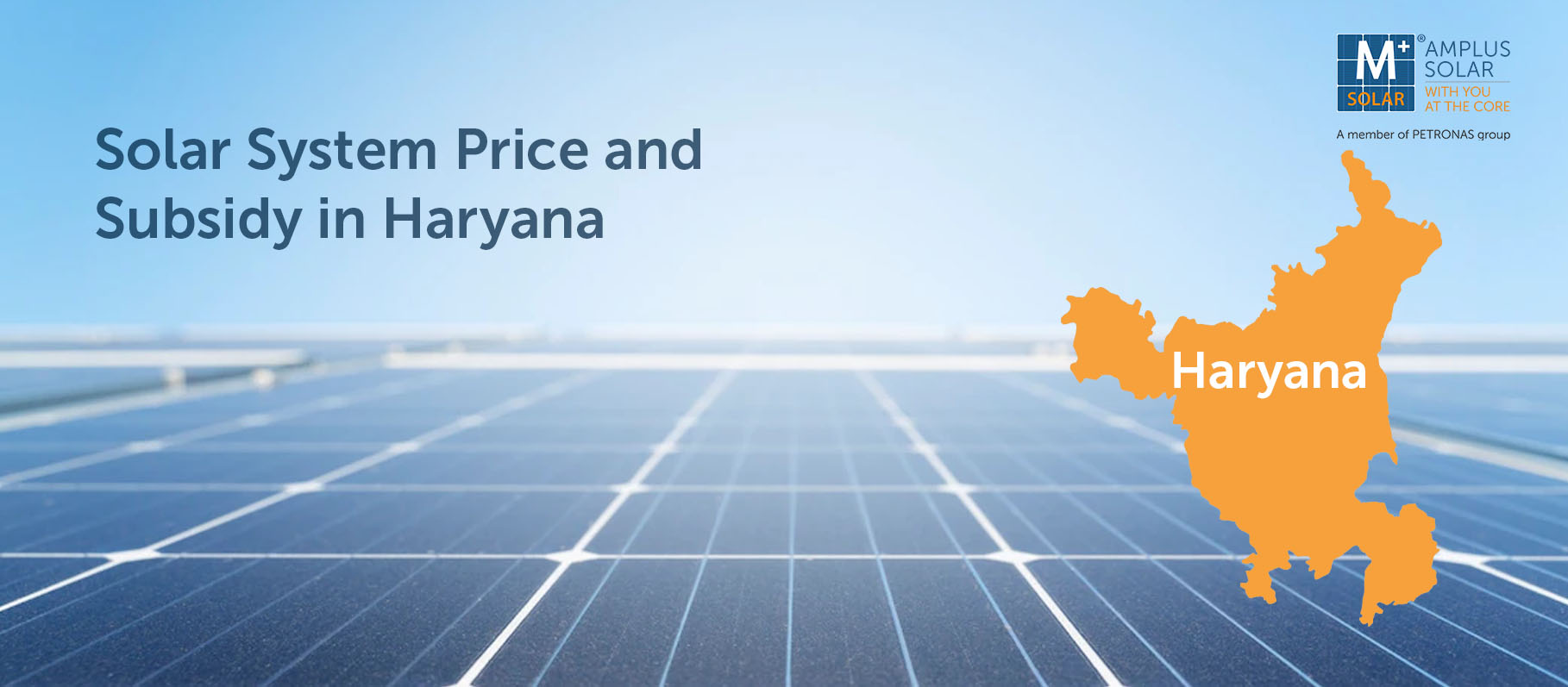 Complete Details About Solar System Price...
Complete Details About Solar System Price...  What Is Open Access in Power...
What Is Open Access in Power... 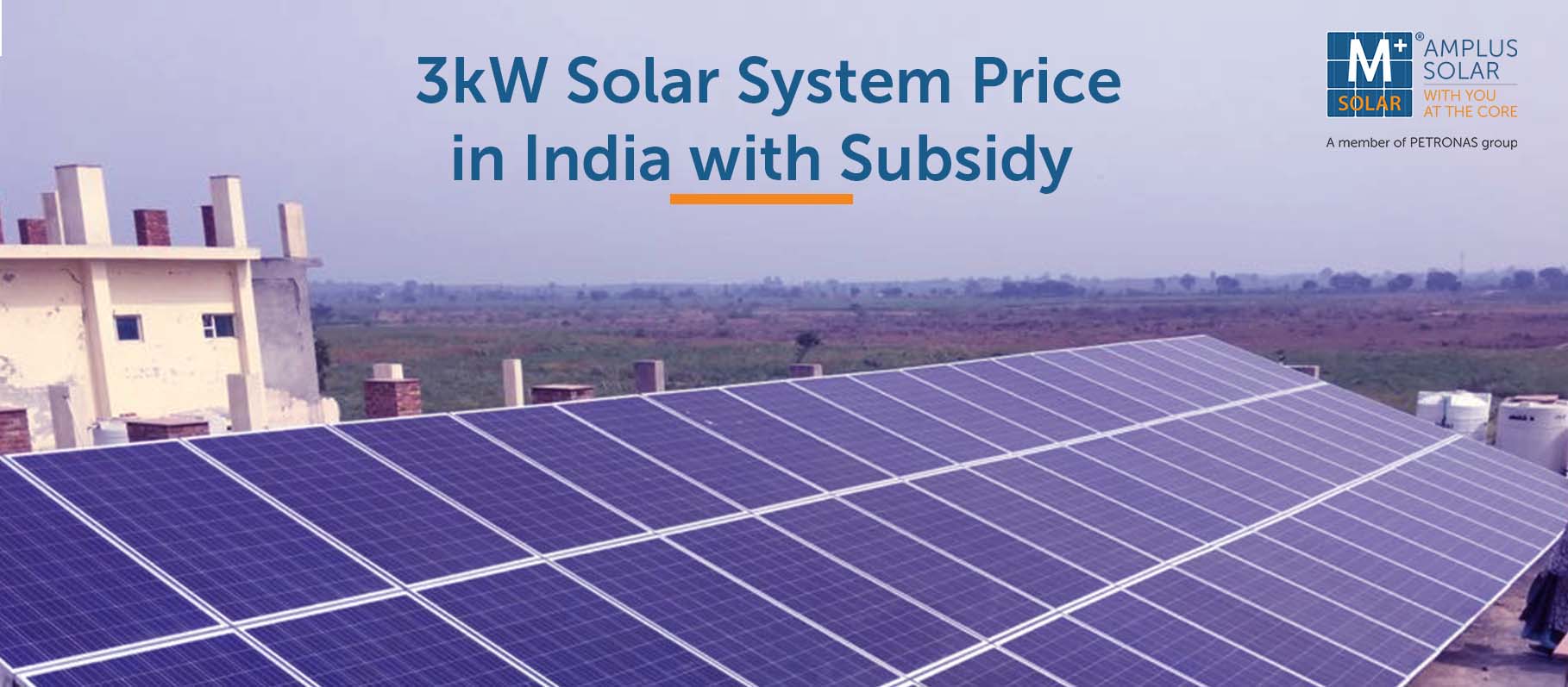 3kW Solar Panel System: Price in...
3kW Solar Panel System: Price in... 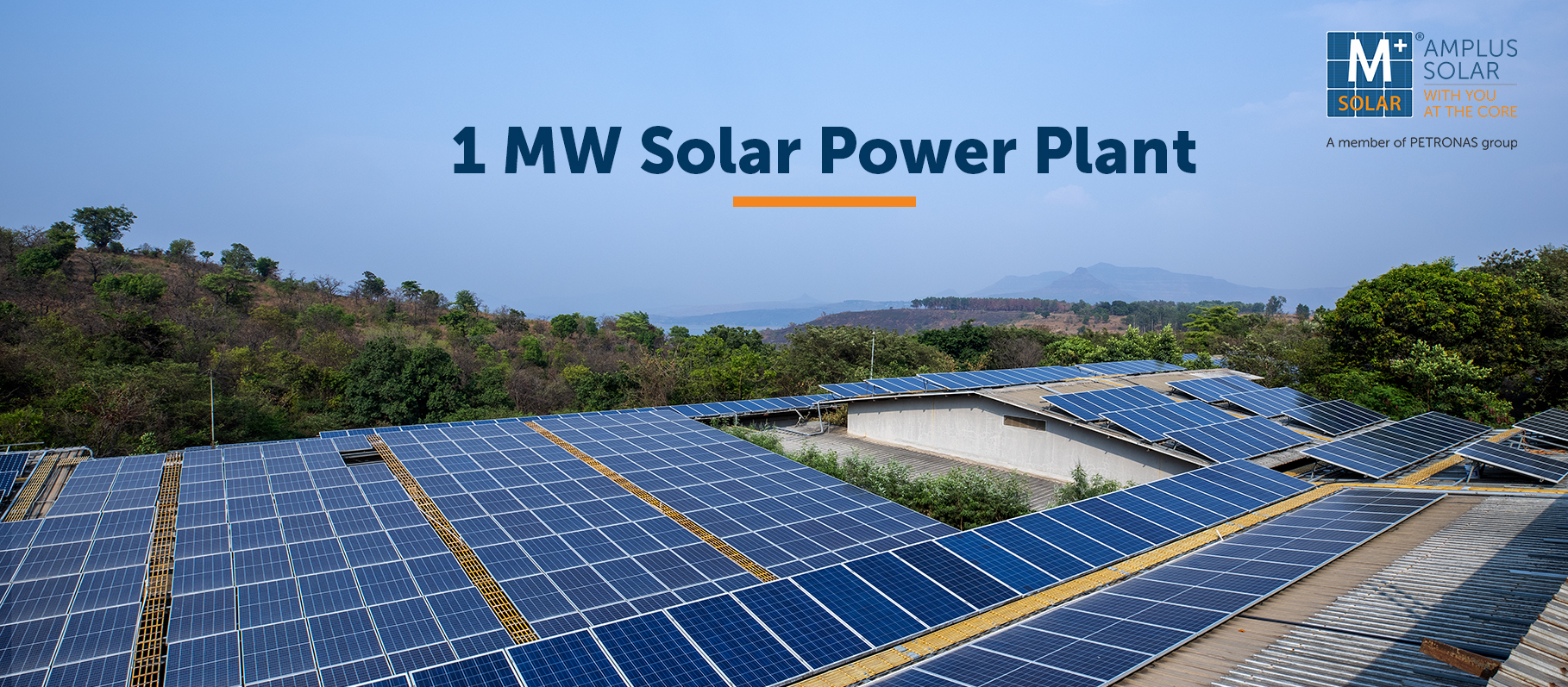 All About 1 MW Solar Power...
All About 1 MW Solar Power...  1kW Solar Panel System Price in...
1kW Solar Panel System Price in...  Home Solar Panel System Installation Cost...
Home Solar Panel System Installation Cost... 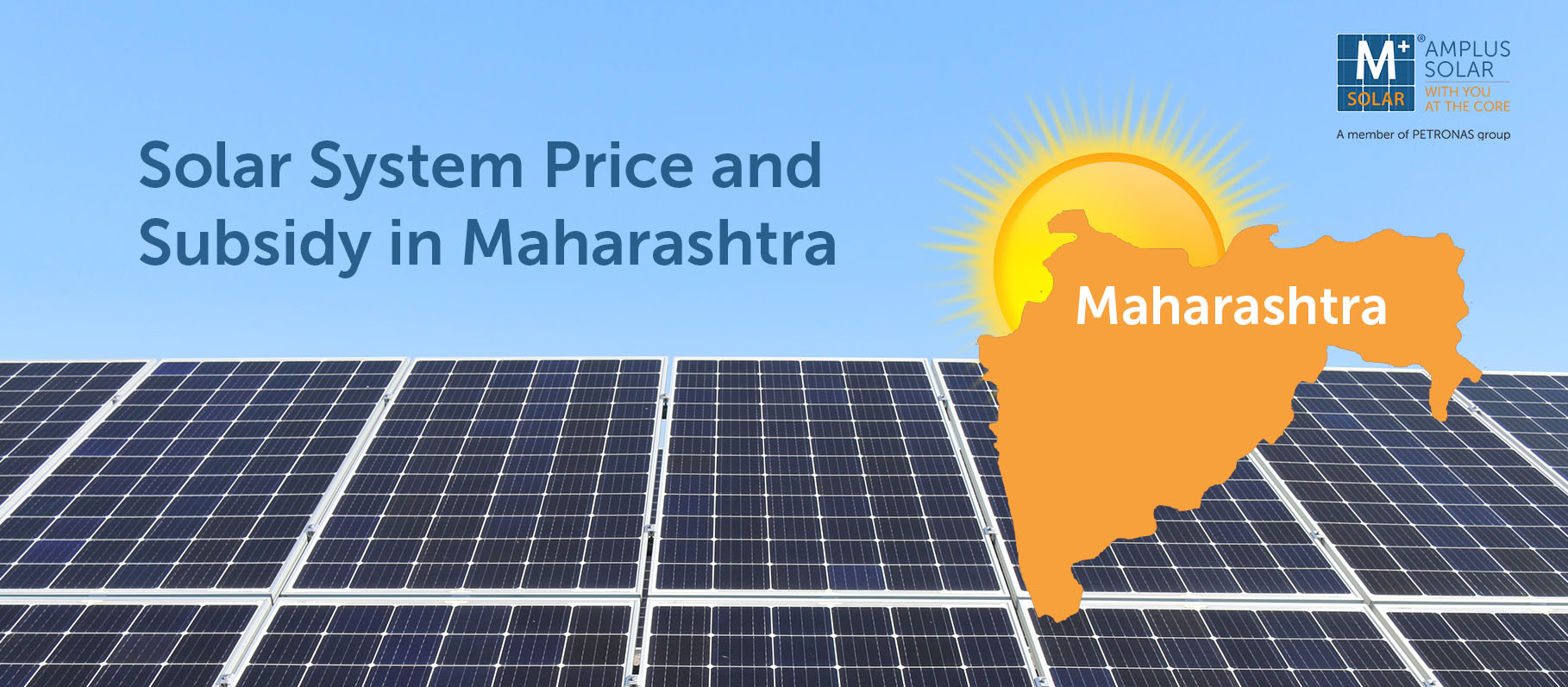 Solar System Price and Subsidy in...
Solar System Price and Subsidy in... 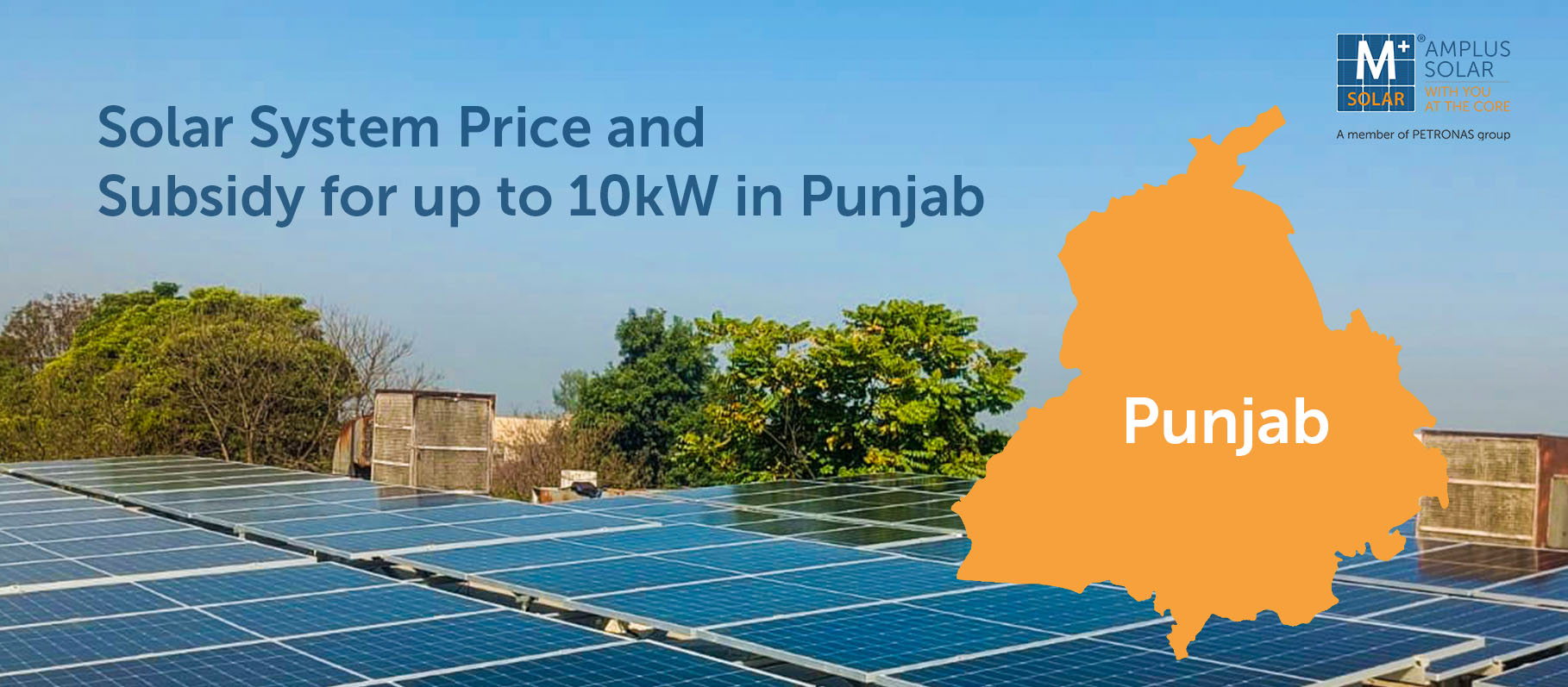 Complete Details About Solar System Price...
Complete Details About Solar System Price... 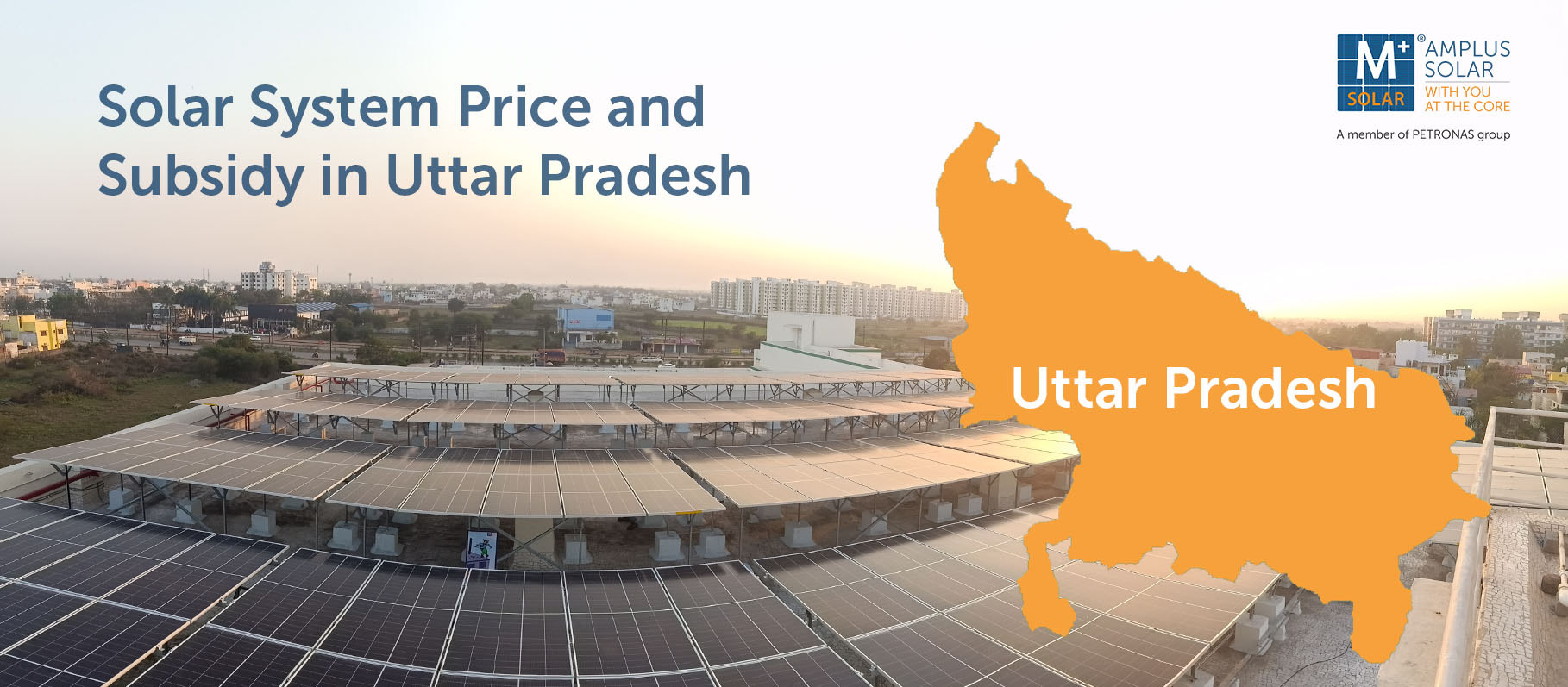 All About Solar System Price and...
All About Solar System Price and... 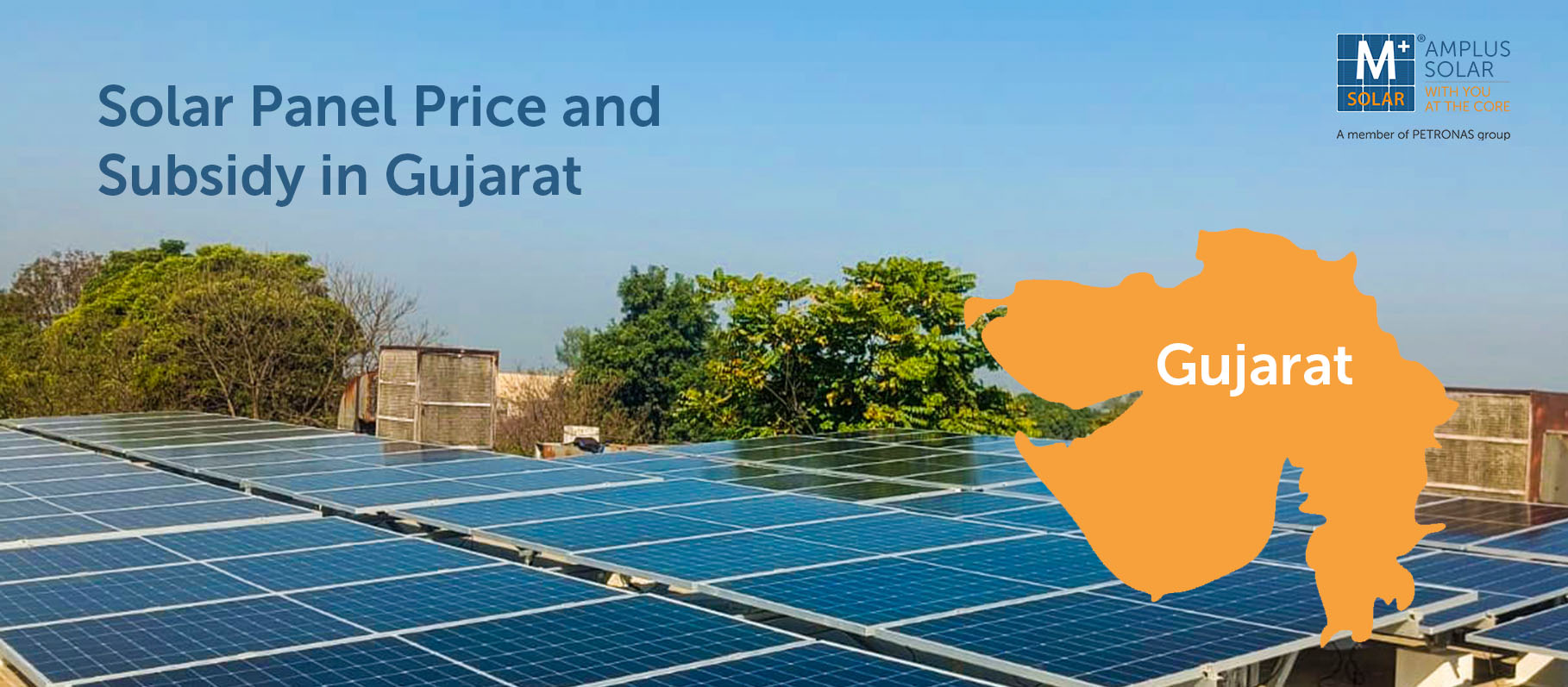 All About Solar Panel System Price...
All About Solar Panel System Price...  Know More About Solar Panel System...
Know More About Solar Panel System... 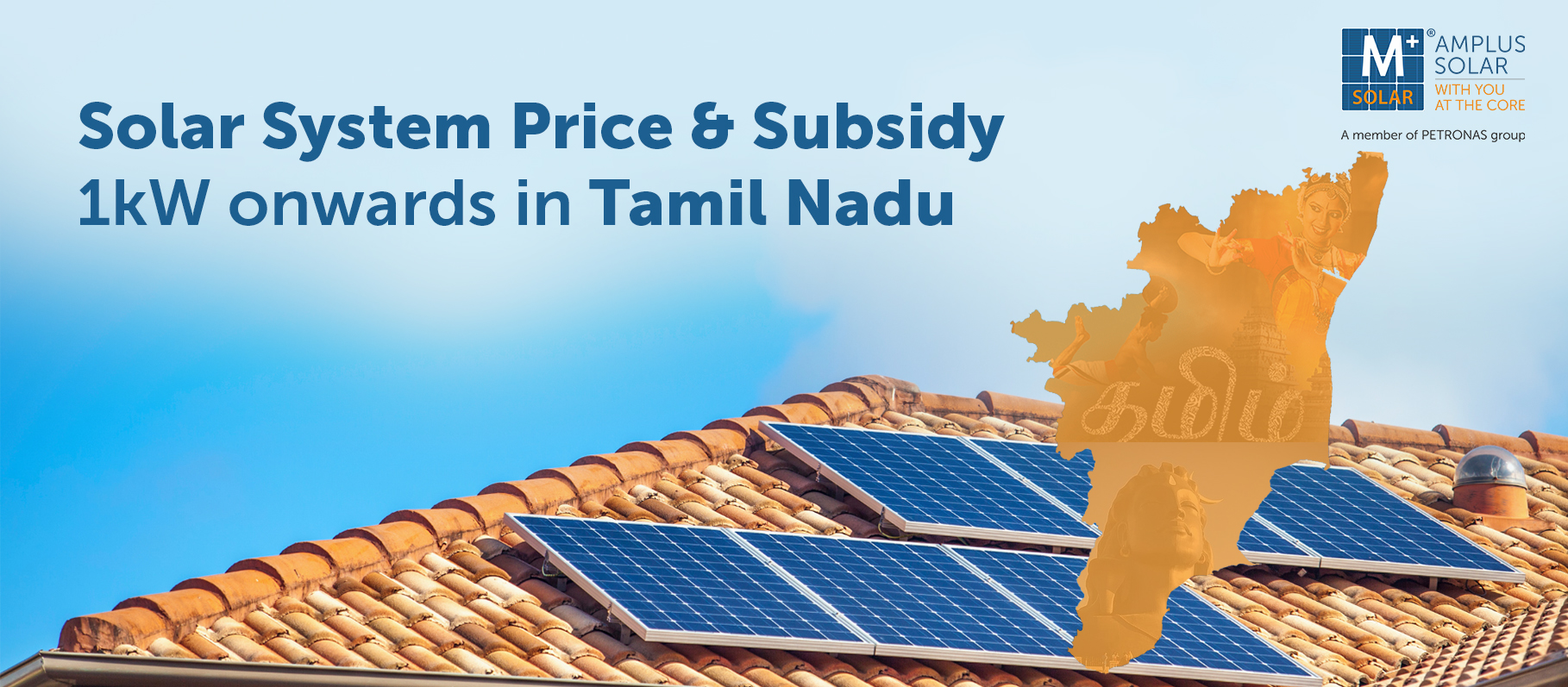 Solar System Price and Subsidy in...
Solar System Price and Subsidy in...  Know More About Solar System Price...
Know More About Solar System Price... 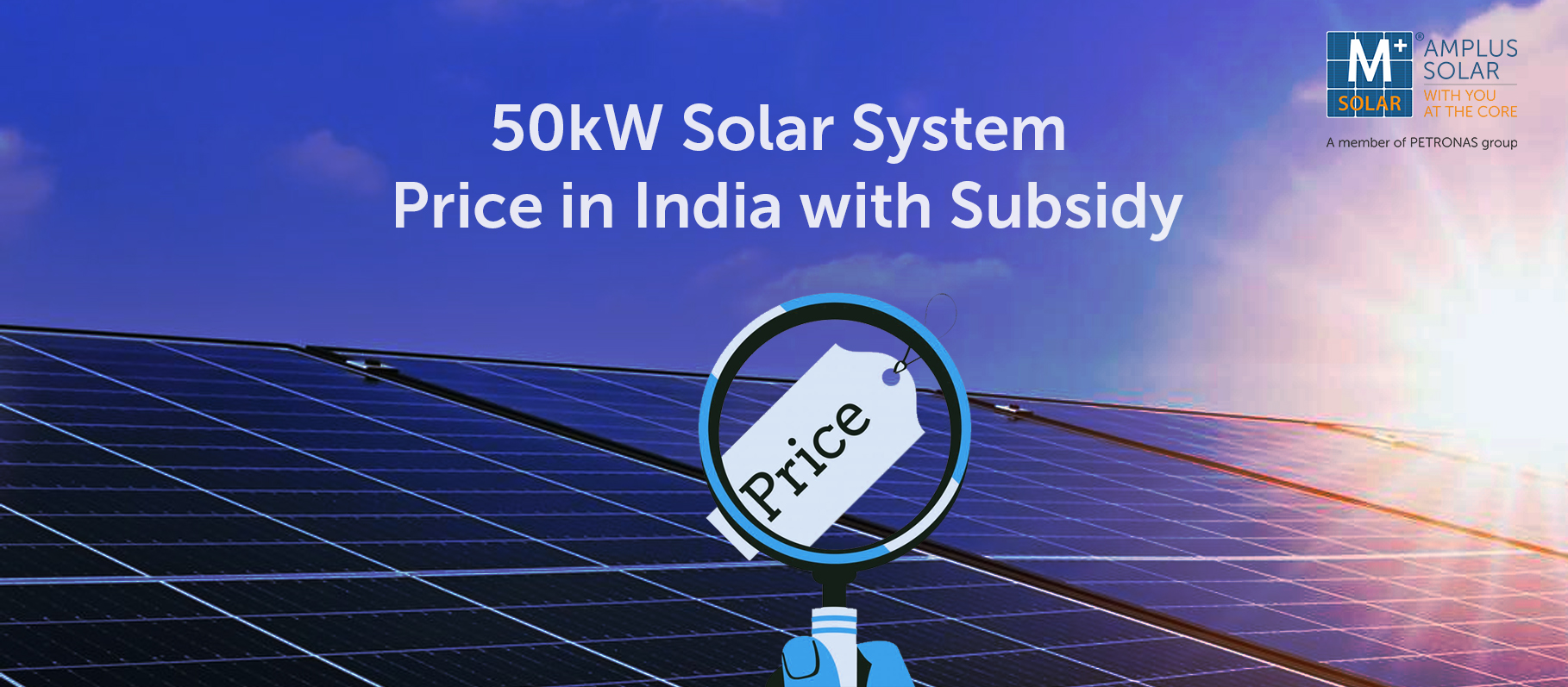 About 50kW Solar System: Price in...
About 50kW Solar System: Price in...  30kW Solar Panel System Price in...
30kW Solar Panel System Price in...  All About 5kW Solar System: Price,...
All About 5kW Solar System: Price,... 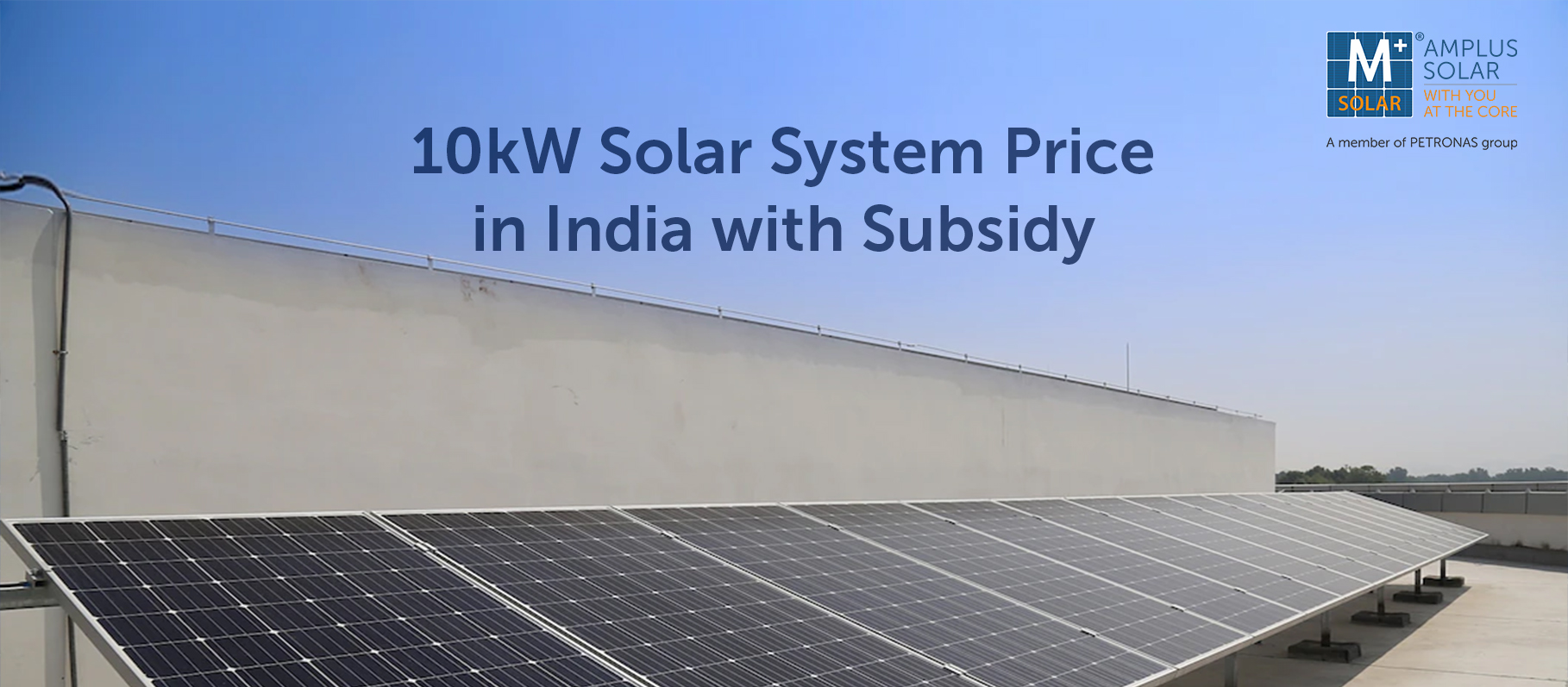 10kW Solar System Price in India...
10kW Solar System Price in India... 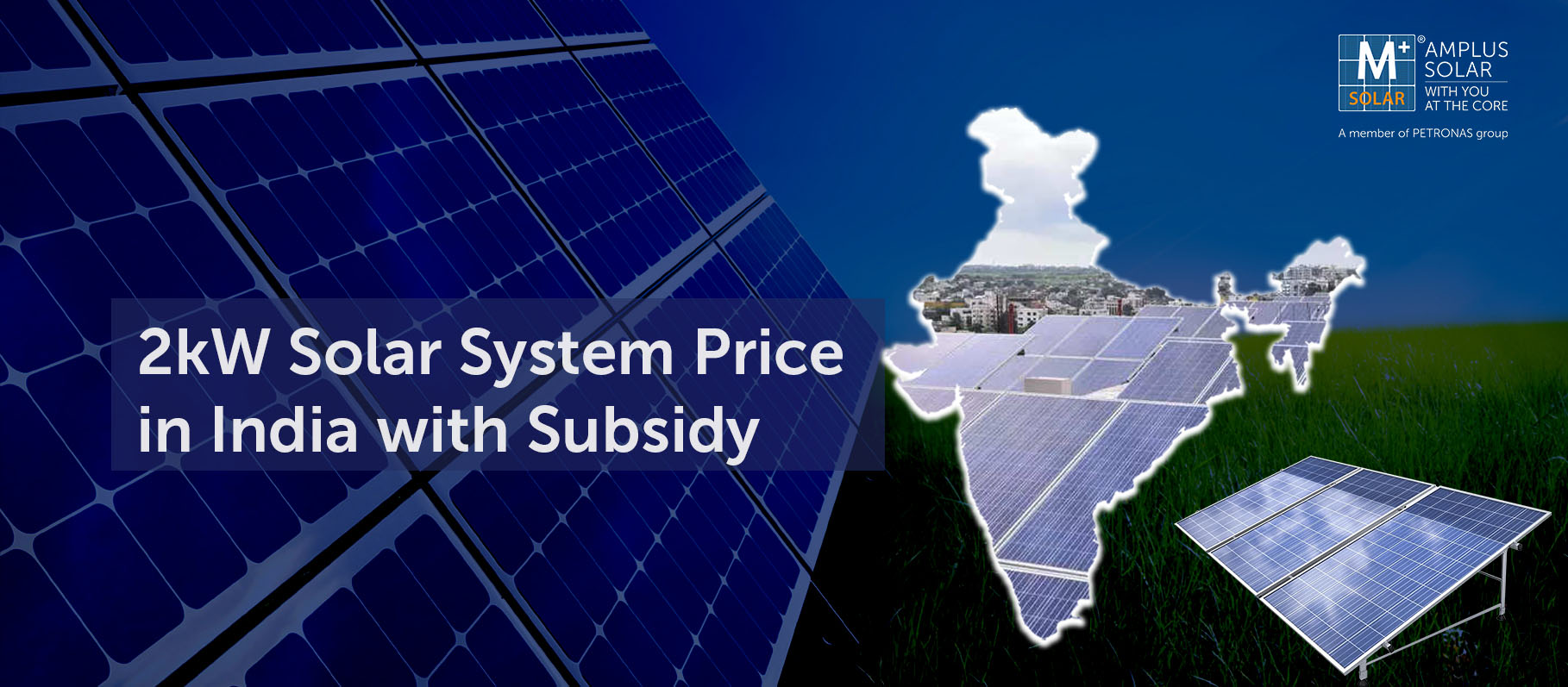 2kW Solar System Price in India...
2kW Solar System Price in India...  20kW Solar System Price in India...
20kW Solar System Price in India... 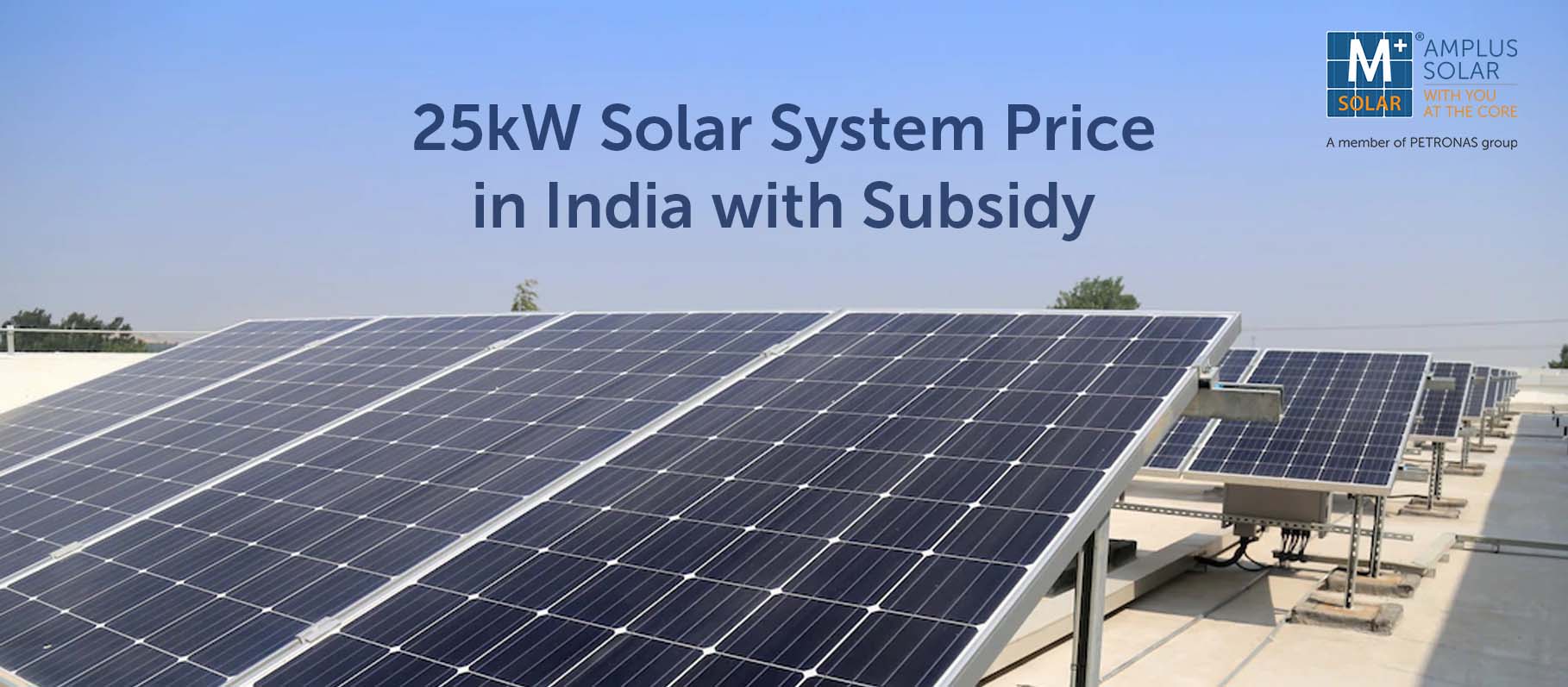 25kW Solar Panel System Price in...
25kW Solar Panel System Price in...  100kW Solar System Price in India...
100kW Solar System Price in India...  15 kW Solar System Price in...
15 kW Solar System Price in...  150 Watt Solar Panel Price in...
150 Watt Solar Panel Price in... 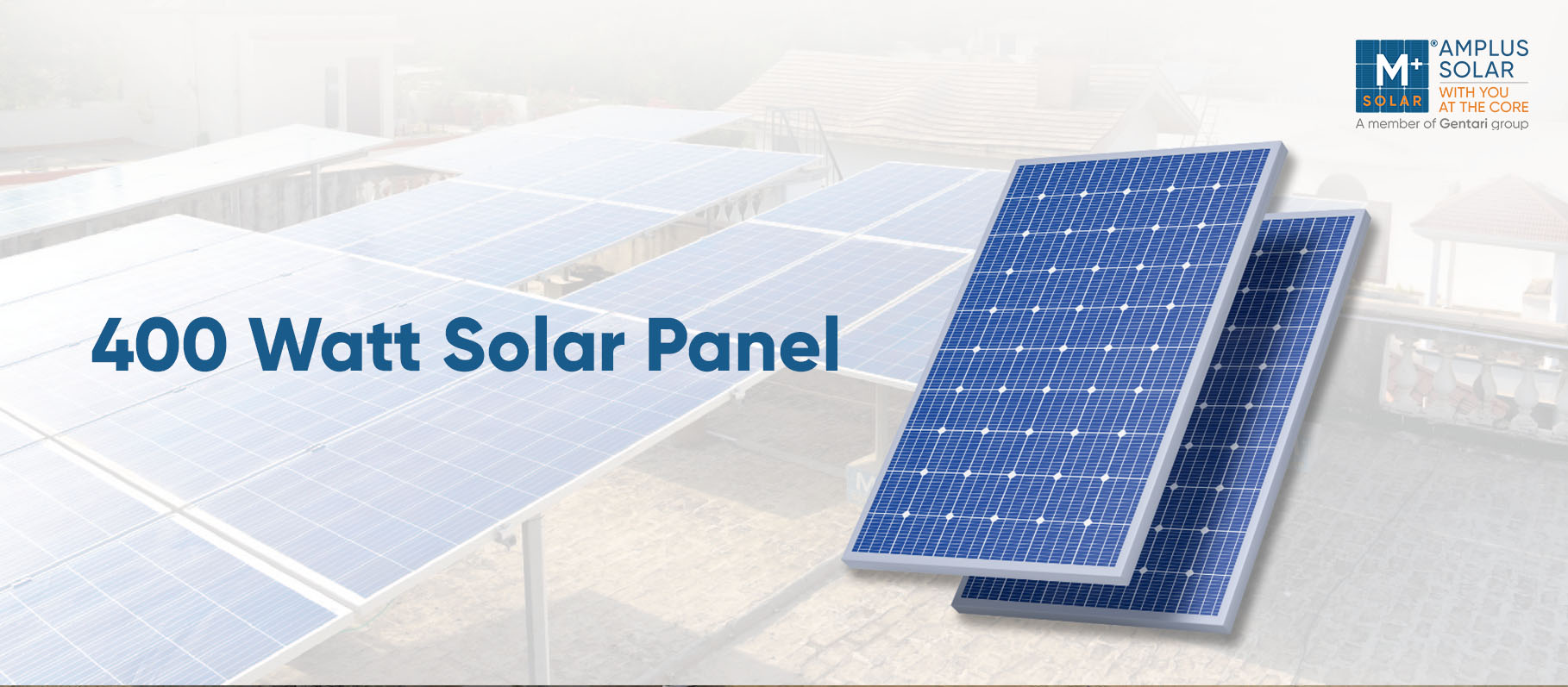 400 Watt Solar Panel Price in...
400 Watt Solar Panel Price in...  500 Watt Solar Panel Price in...
500 Watt Solar Panel Price in... 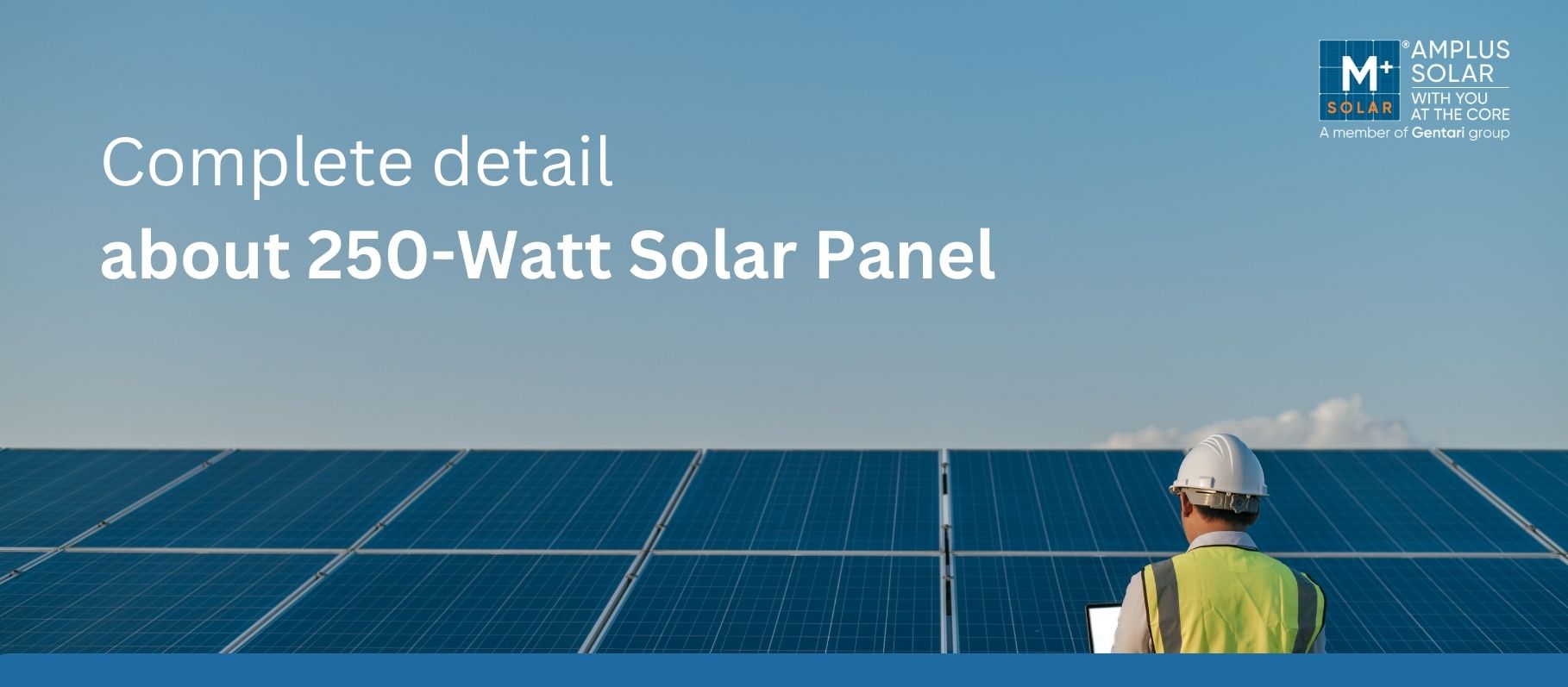 250 Watt Solar Panel Price in...
250 Watt Solar Panel Price in... 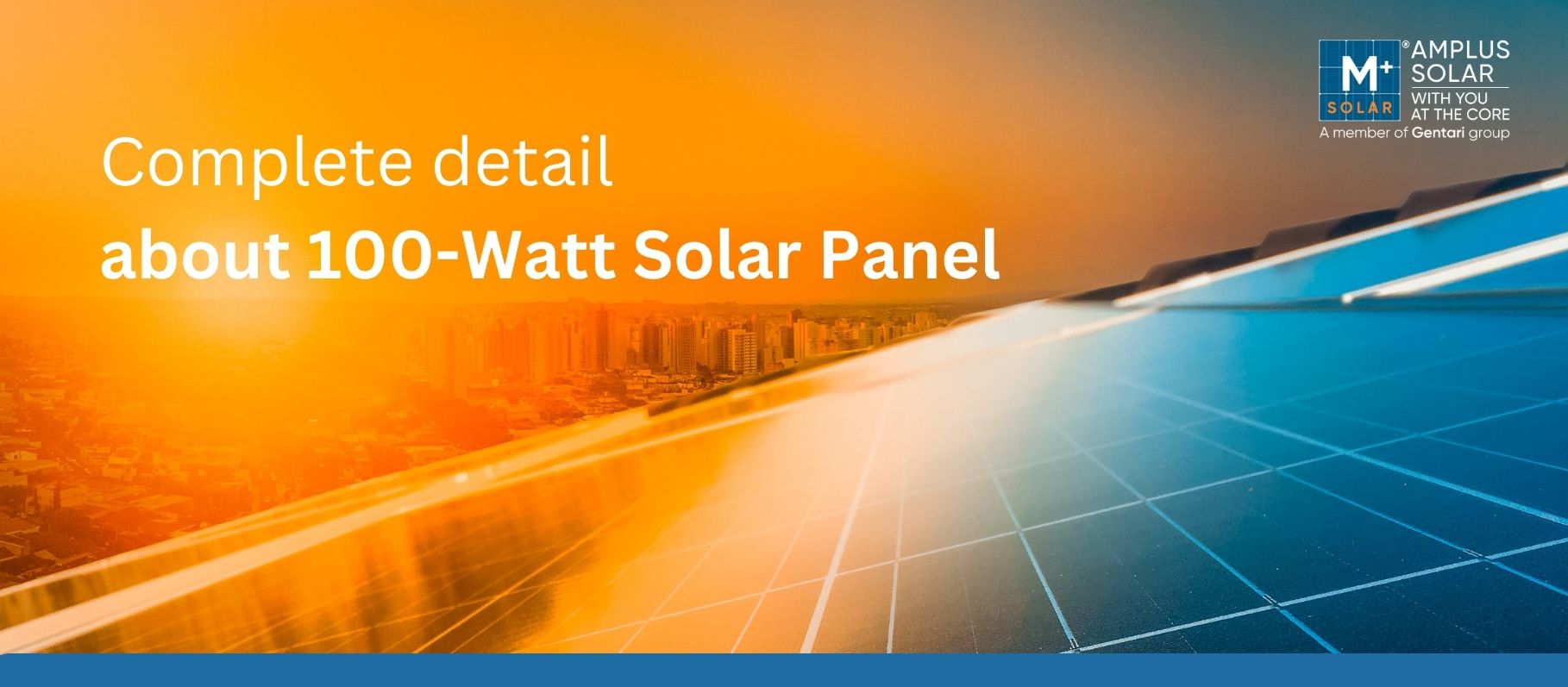 100 Watt Solar Panel Price in...
100 Watt Solar Panel Price in... 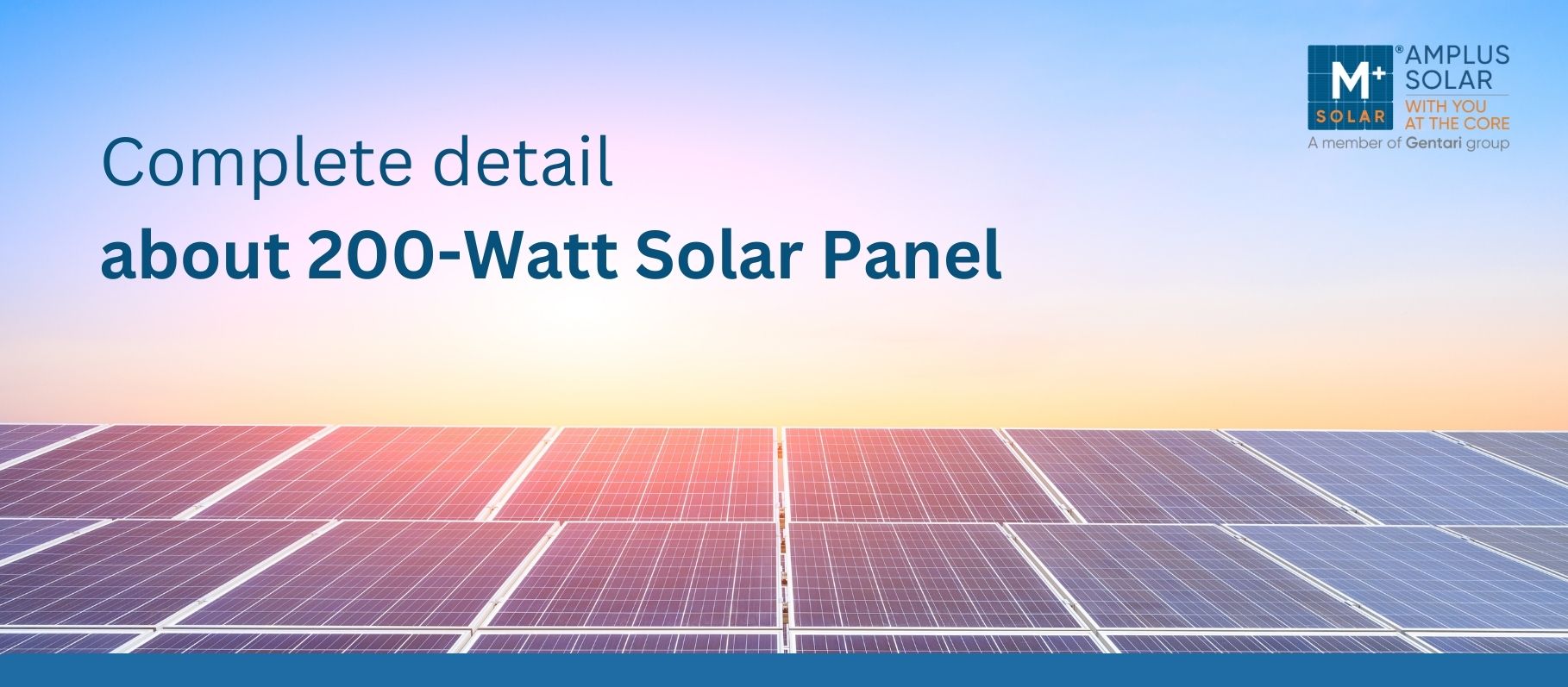 200 Watt Solar Panel Price in...
200 Watt Solar Panel Price in...  350 Watt Solar Panel Price in...
350 Watt Solar Panel Price in... 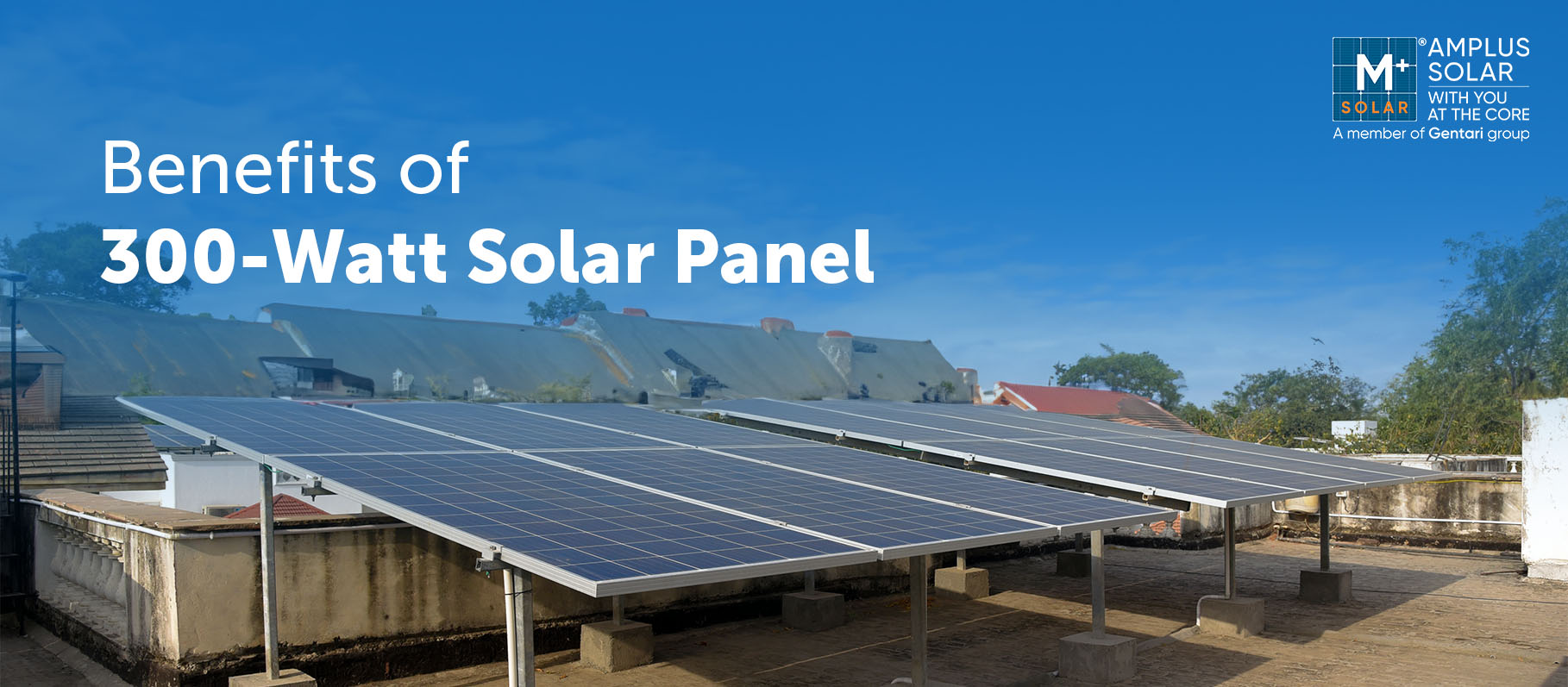 300 Watt Solar Panel Price in...
300 Watt Solar Panel Price in...  50 Watt Solar Panel Price in...
50 Watt Solar Panel Price in...  A Complete Guide To Bifacial Solar...
A Complete Guide To Bifacial Solar...  Complete Guide About Types of Solar...
Complete Guide About Types of Solar...  Net Metering: Know Everything About Net...
Net Metering: Know Everything About Net...  Solar Power Plant: Types, Benefits, Price,...
Solar Power Plant: Types, Benefits, Price,...  How to Install Solar Panels at...
How to Install Solar Panels at... 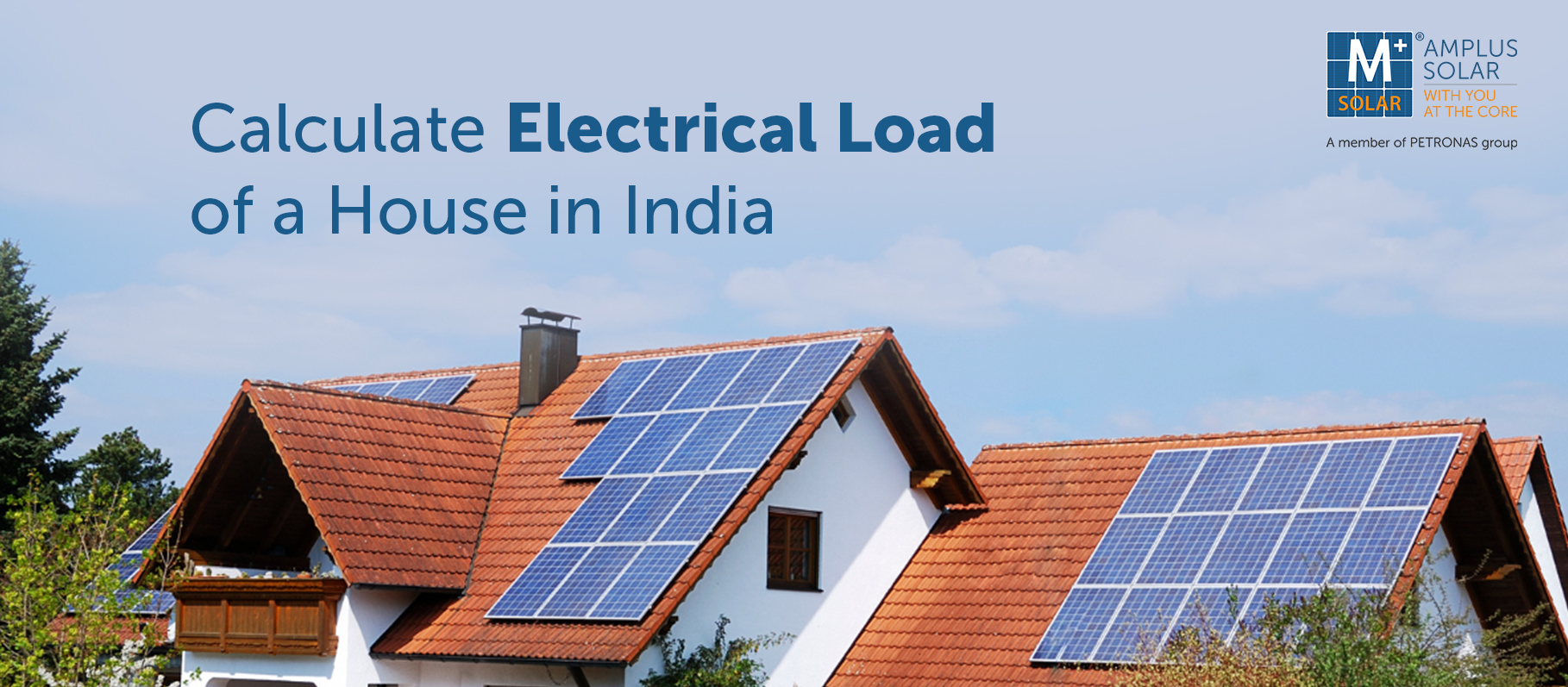 How to Calculate Electrical Load for...
How to Calculate Electrical Load for...  On Grid Solar System Price, Benefits,...
On Grid Solar System Price, Benefits,... 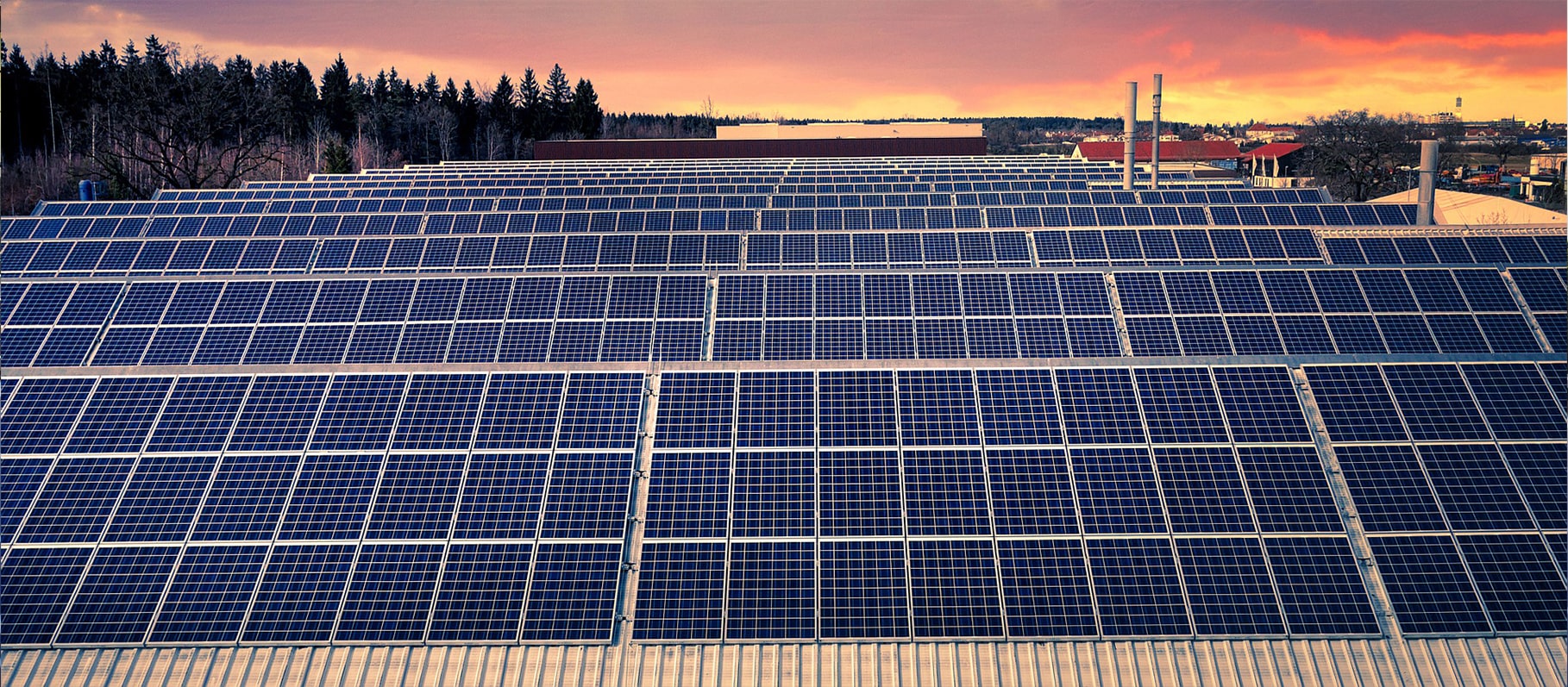 Opex vs Capex Solar Model: What...
Opex vs Capex Solar Model: What...  Performance of Solar Panels in Different...
Performance of Solar Panels in Different... 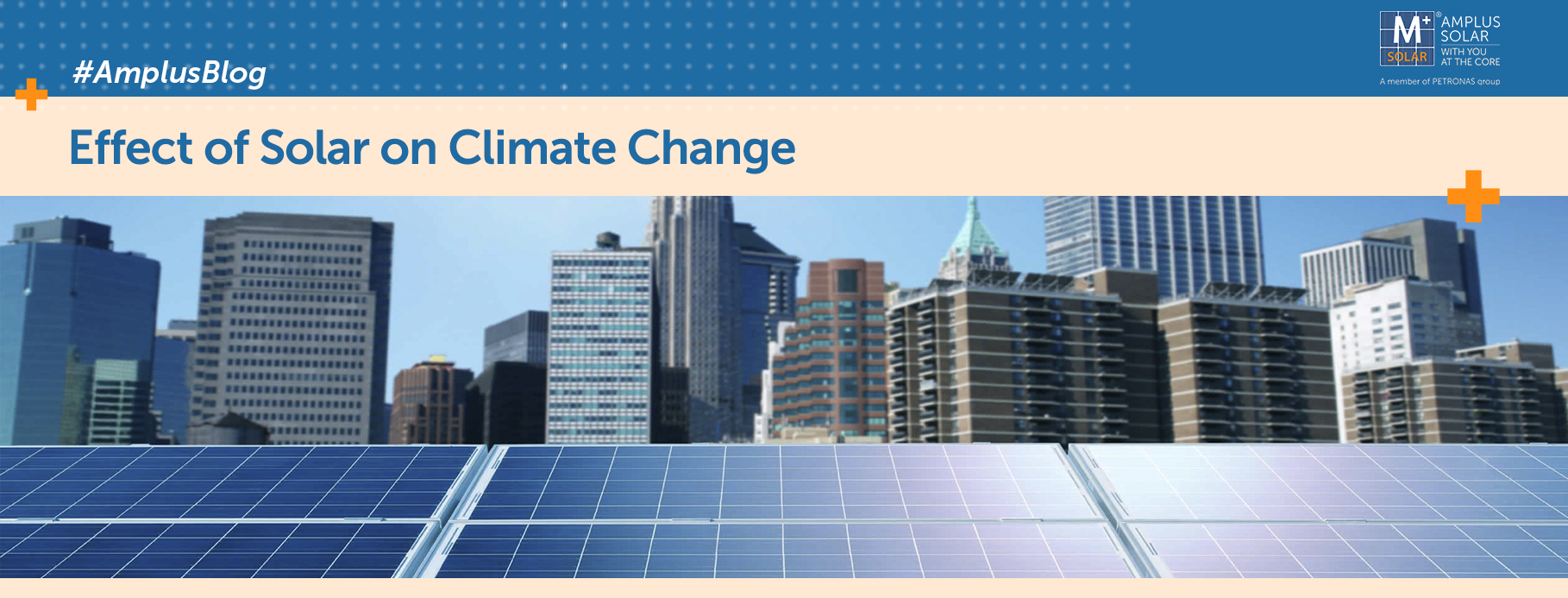 Effect of Solar on Climate Change
Effect of Solar on Climate Change 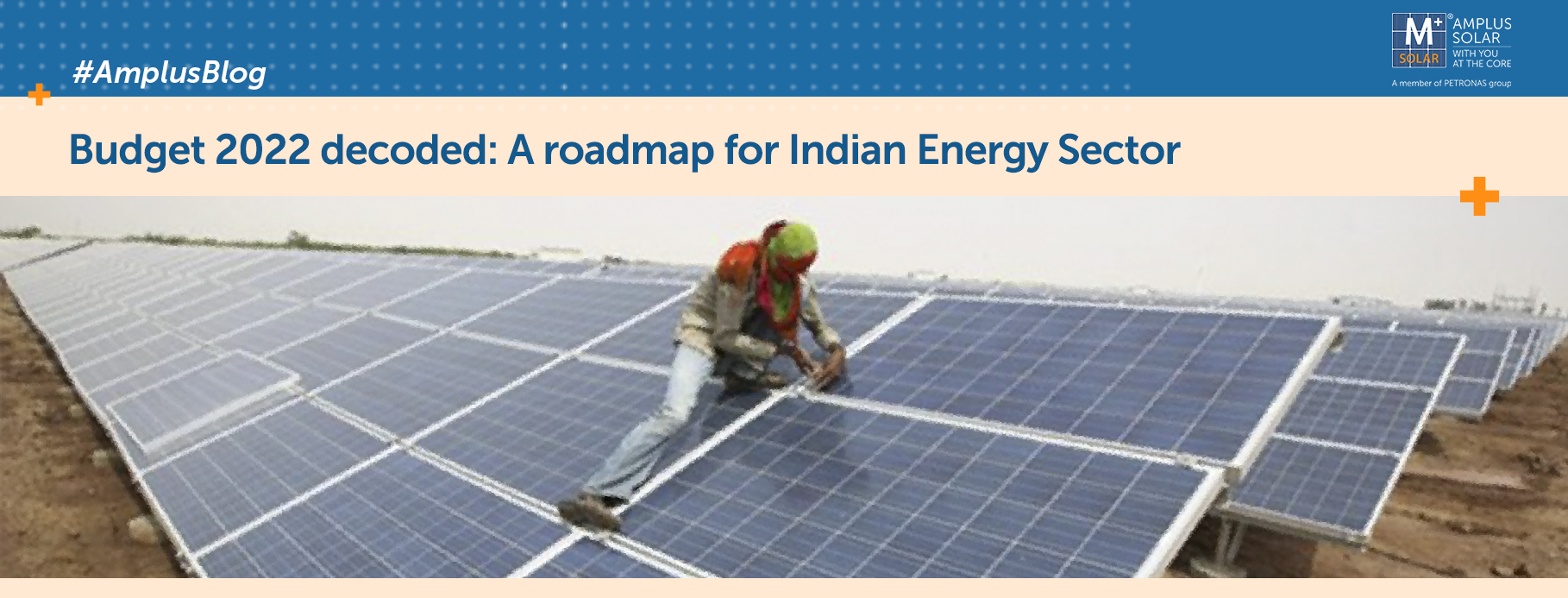 Budget 2022 decoded: A roadmap for...
Budget 2022 decoded: A roadmap for...  Top 5 Solar Farms in India...
Top 5 Solar Farms in India...  Energy Crisis in India and How...
Energy Crisis in India and How...  Importance of making the Switch to...
Importance of making the Switch to...  7 Advancements in Solar in 2021
7 Advancements in Solar in 2021  What The Future Holds For Solar...
What The Future Holds For Solar...  How to choose a Solar Power...
How to choose a Solar Power...  Evaluating the Revamping & Repowering opportunity...
Evaluating the Revamping & Repowering opportunity... 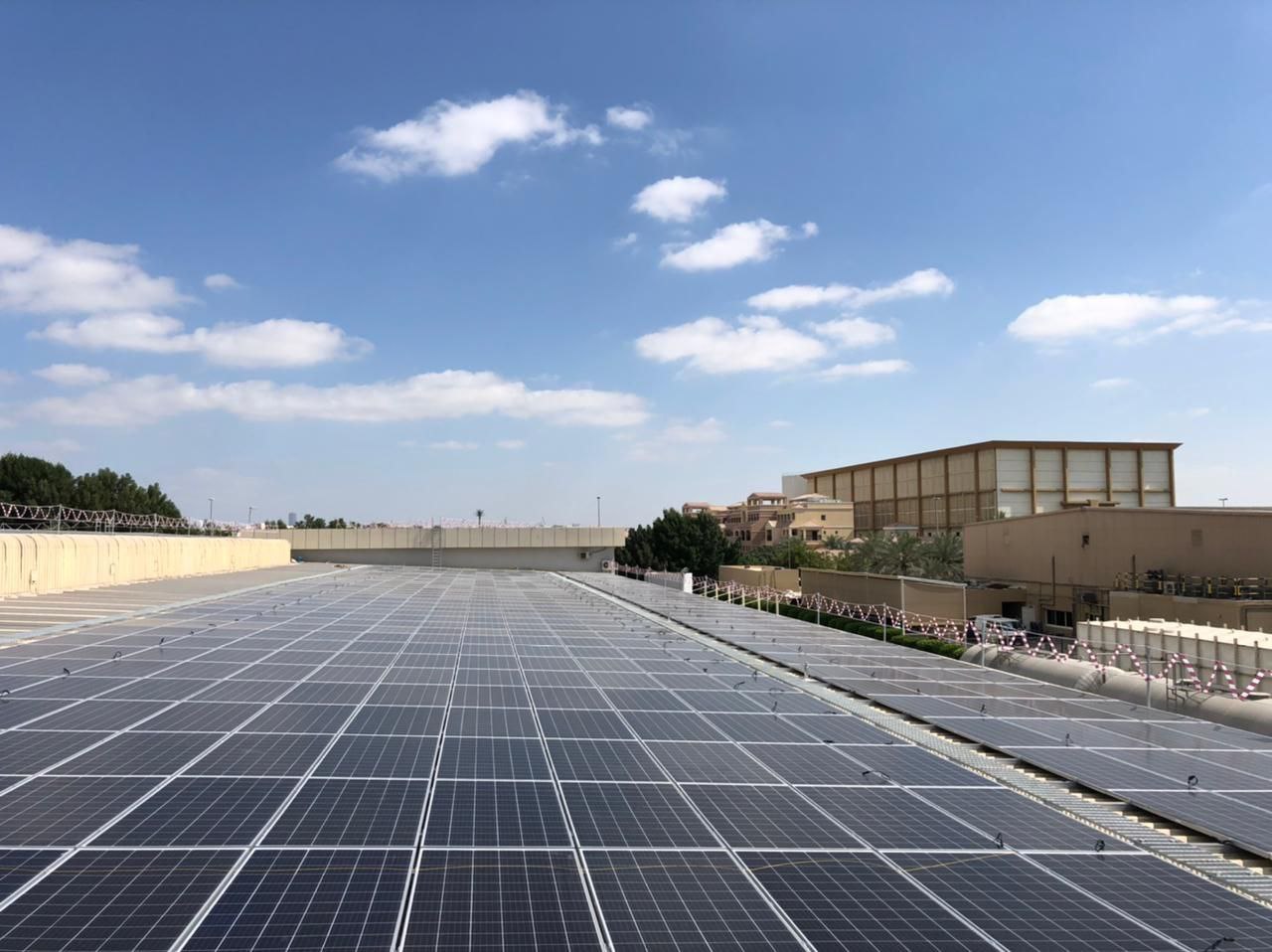 All You Need to Know about...
All You Need to Know about...  Benefits of Solar Power for Home
Benefits of Solar Power for Home 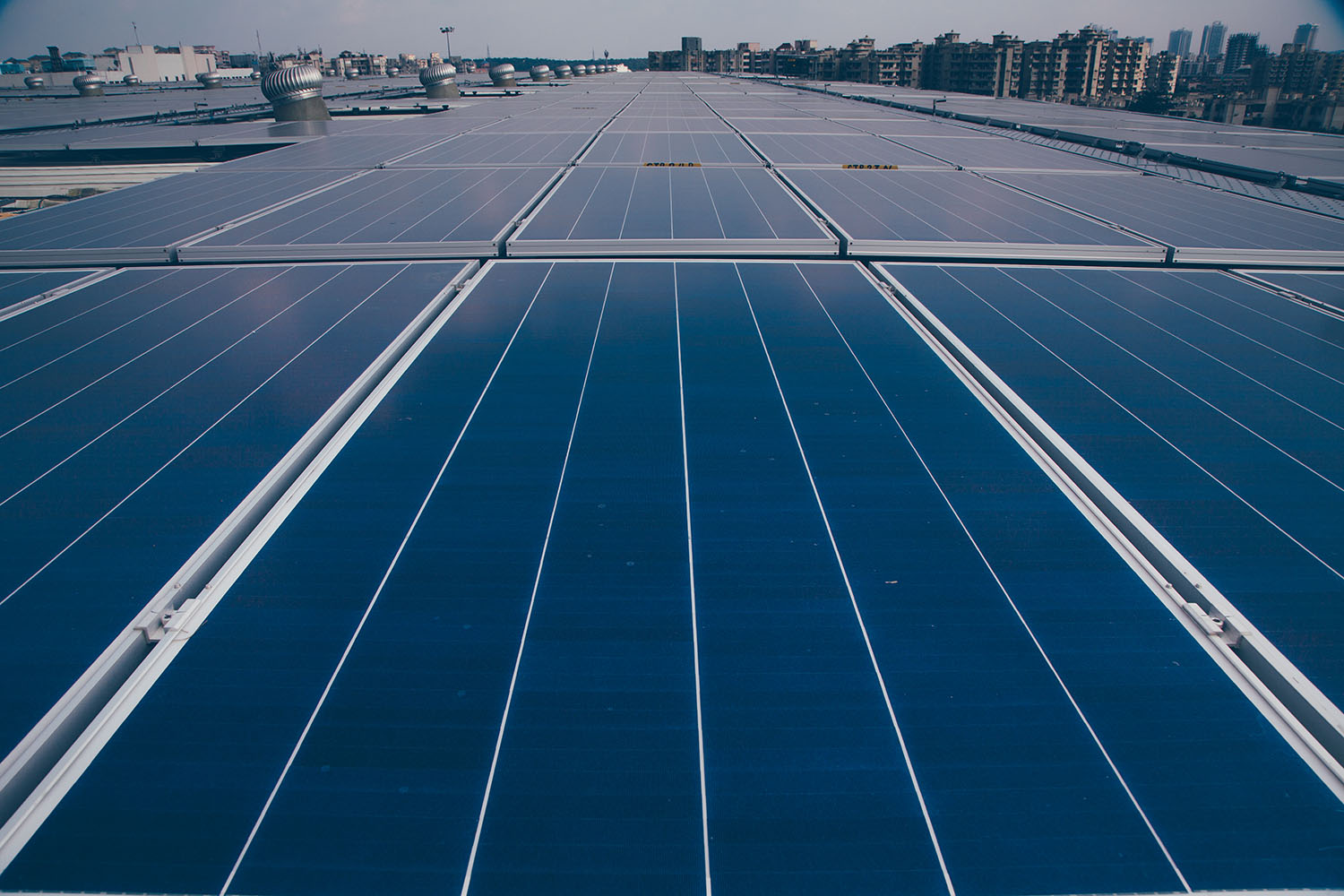 DECELERATING PV MODULE PRICES MAY START...
DECELERATING PV MODULE PRICES MAY START... 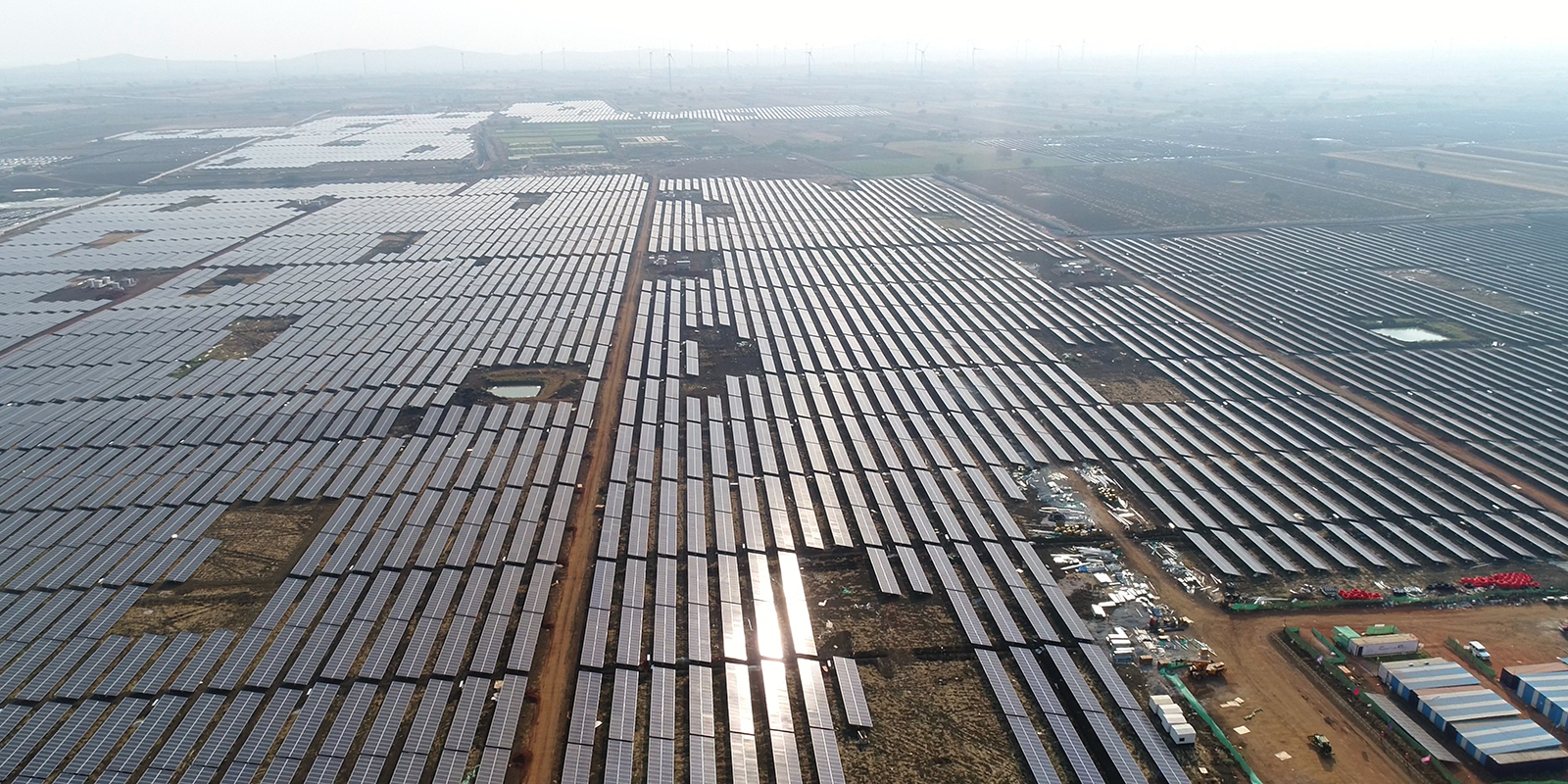 Contribution of Solar Energy in dealing...
Contribution of Solar Energy in dealing... 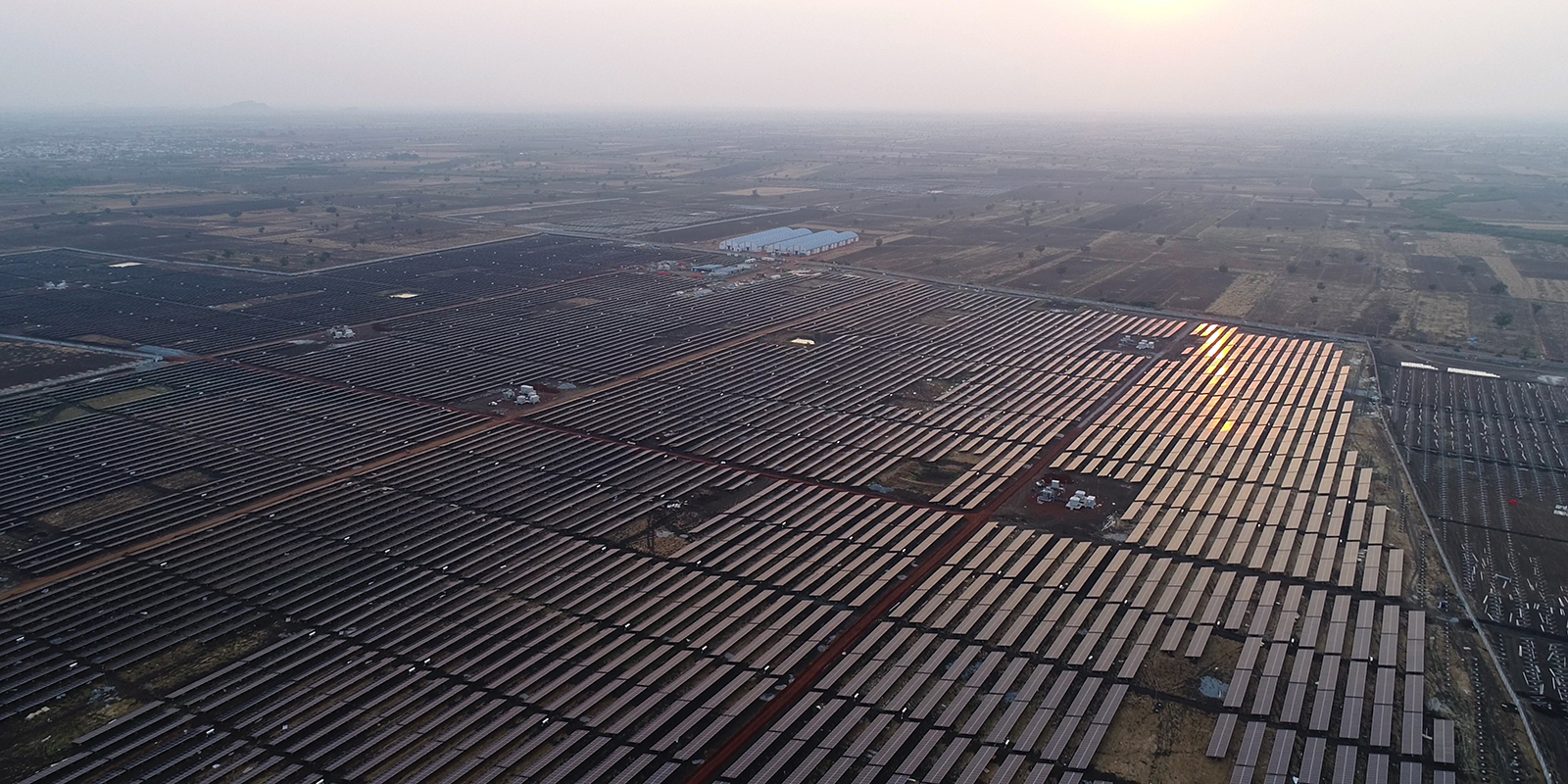 Increasing Role of Utility Service Providers...
Increasing Role of Utility Service Providers...  India’s Solar Developers Seek Reversal Of...
India’s Solar Developers Seek Reversal Of...  Is Solar Energy Low Maintenance?
Is Solar Energy Low Maintenance?  Solar Energy Policy in Gujarat
Solar Energy Policy in Gujarat 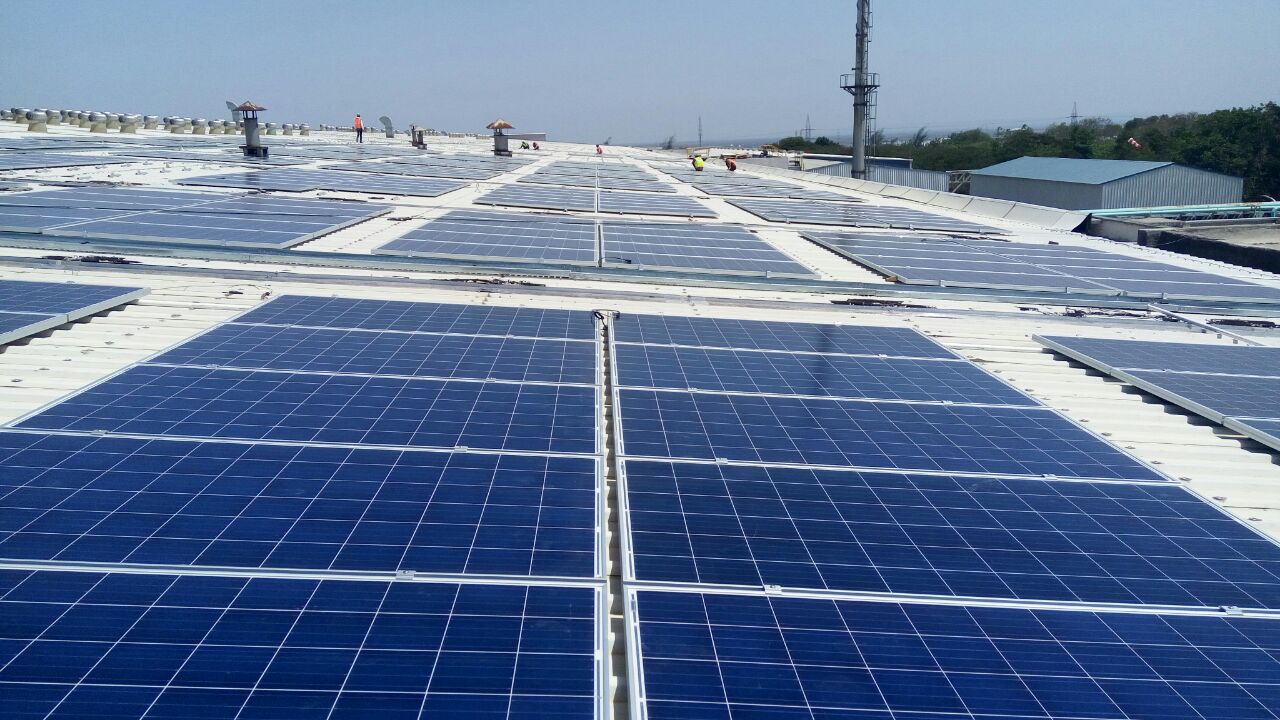 The Importance of Renewable Energy in...
The Importance of Renewable Energy in...  Blockchain in Electricity
Blockchain in Electricity  Narendra Modi’s India Facing Unique Solar...
Narendra Modi’s India Facing Unique Solar... 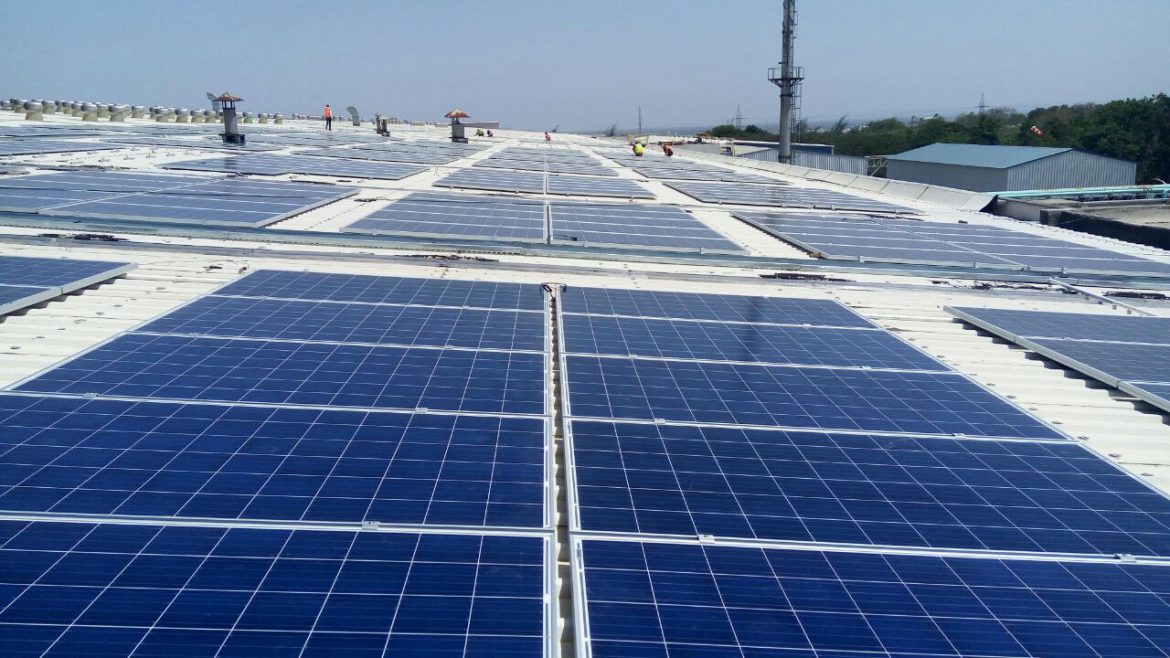 Changing Electricity Sector in India –...
Changing Electricity Sector in India –...  Net-Metering – An efficient system of...
Net-Metering – An efficient system of...  The Top Government Programes in the...
The Top Government Programes in the... 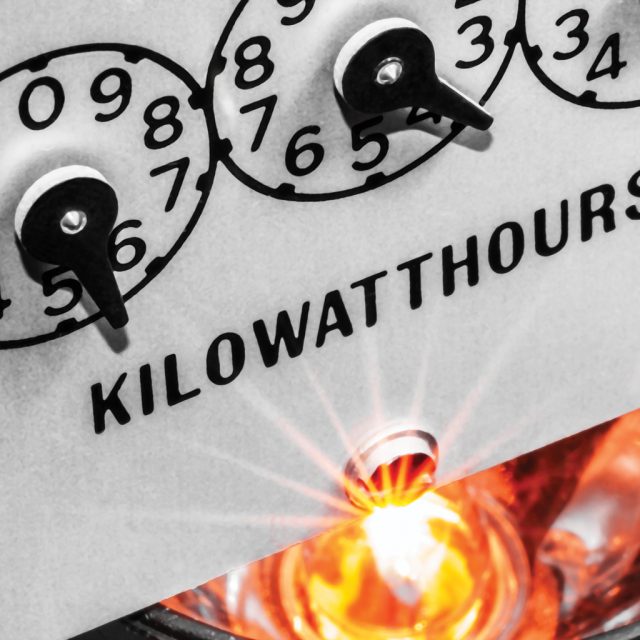 Challenges in Net-Metering
Challenges in Net-Metering  What are the Solar Schemes in...
What are the Solar Schemes in...  The Top 10 Solar Power Companies...
The Top 10 Solar Power Companies...  Grid of the Future
Grid of the Future  Global Commitment to RE-100
Global Commitment to RE-100  Pay-As-You-Go Solar Energy Companies Spread Light...
Pay-As-You-Go Solar Energy Companies Spread Light...  Everything About Paris Cimate Agreement
Everything About Paris Cimate Agreement  Solar Energy: Myths and Truths
Solar Energy: Myths and Truths  What to ask yourself before installing...
What to ask yourself before installing... 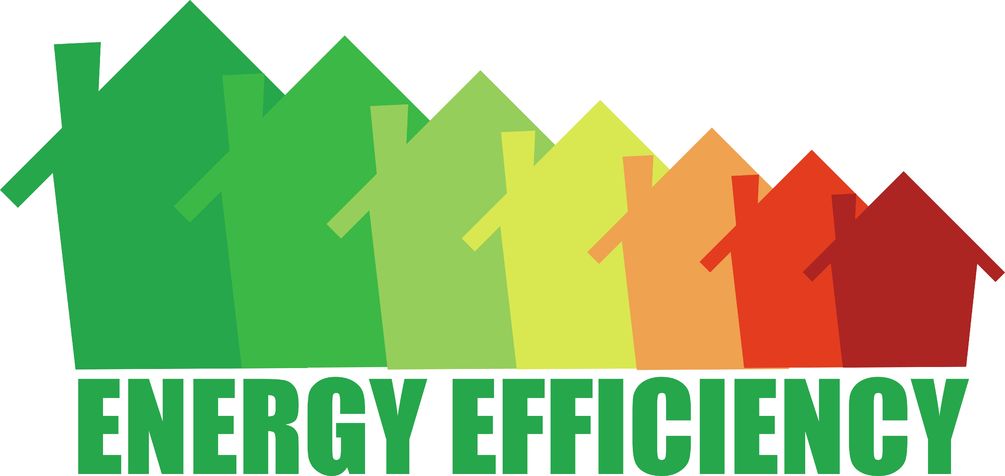 How Energy Efficiences are needed today
How Energy Efficiences are needed today  Top 5 Solar Energy Trends in...
Top 5 Solar Energy Trends in...  Why are Solar Tariffs going down...
Why are Solar Tariffs going down...  How China is Leading the World...
How China is Leading the World... 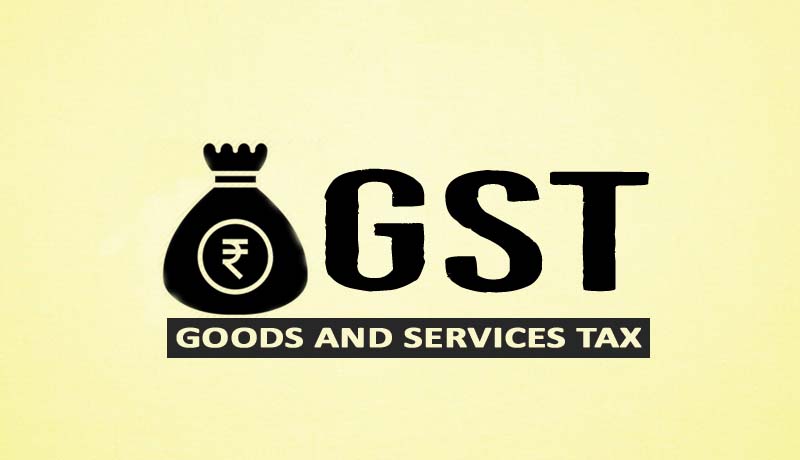 GST- A boon or a bane...
GST- A boon or a bane... 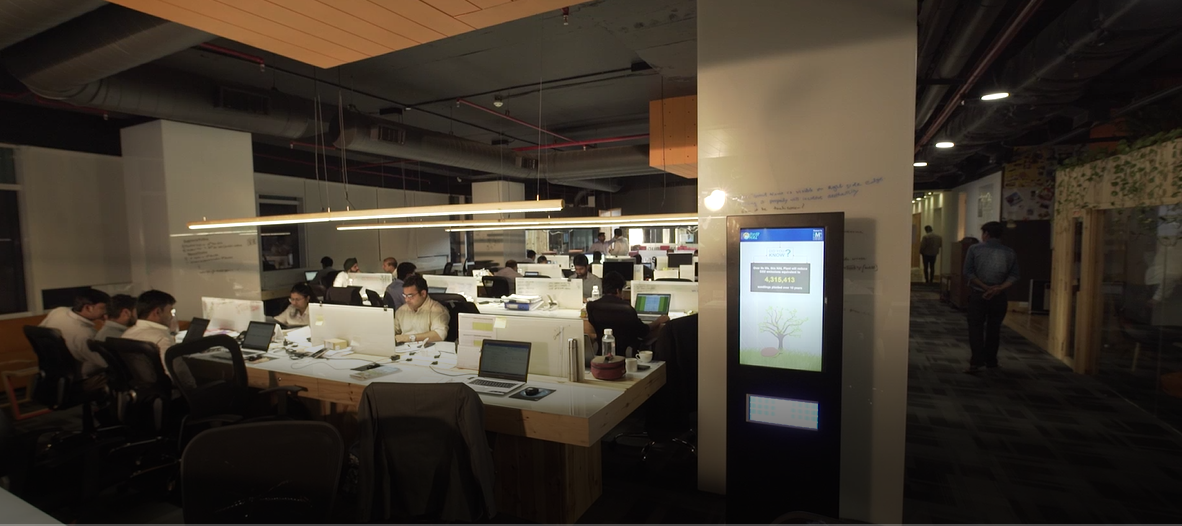 10 Ways to Make Your Organization...
10 Ways to Make Your Organization... 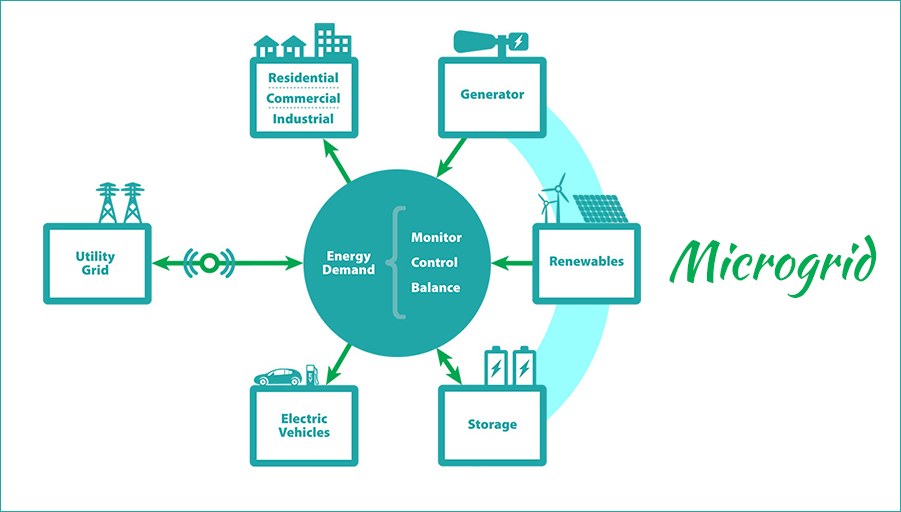 Microgrids- The future?
Microgrids- The future?  3 Pillars of Solar Asset Management-...
3 Pillars of Solar Asset Management-...  Amplus Solar: Growing Greener
Amplus Solar: Growing Greener 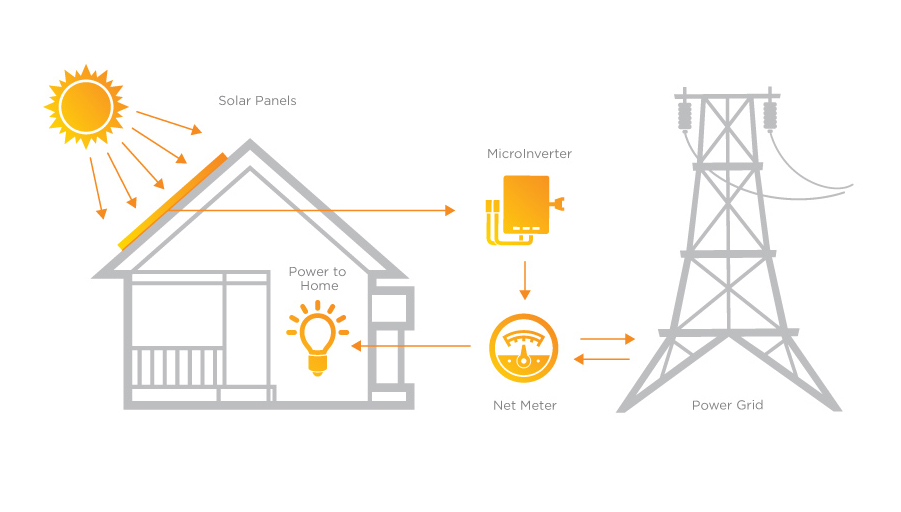 Net Metering: A Boon or a...
Net Metering: A Boon or a...  Amplus Solar, Lighting Your Lives
Amplus Solar, Lighting Your Lives  Why Would You Want to Use...
Why Would You Want to Use... 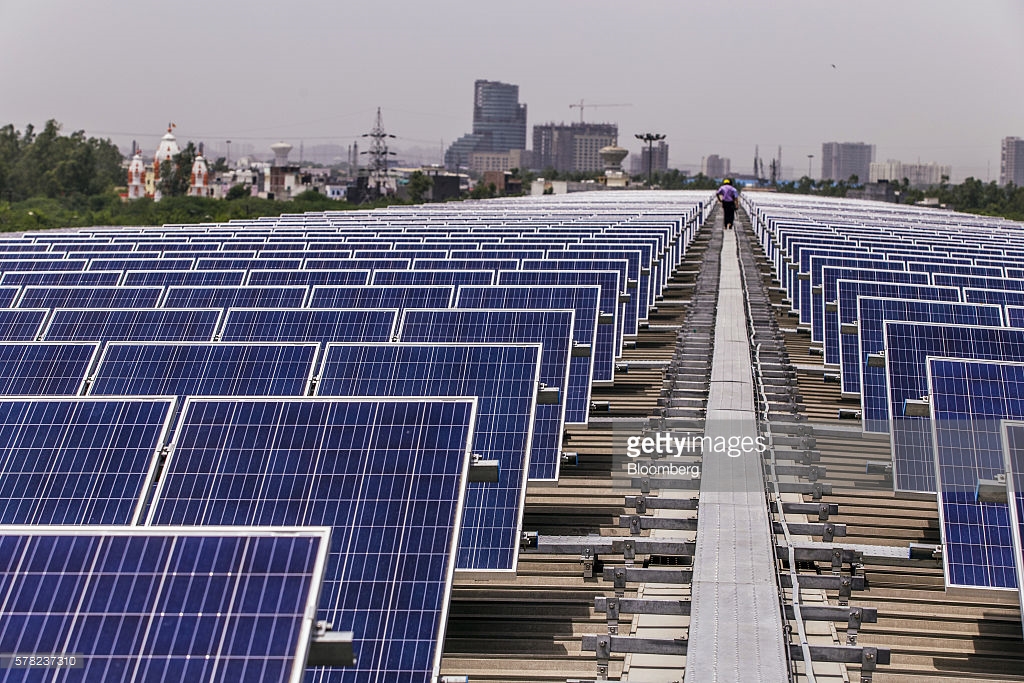 Your Own Solar Plant at Zero...
Your Own Solar Plant at Zero...  Solar Energy: The Key to Unlimited...
Solar Energy: The Key to Unlimited...  Top Builders Rush to Install Solar...
Top Builders Rush to Install Solar...
Leave a Comment